Cuba is truly a unique destination. The largest of the Caribbean Islands, Cuba will charm you with its charismatic vibe influenced by four centuries of African, Caribbean, and Spanish cultures. Everywhere you look there are reminders of its past integrated with the present. To help you immerse in Cuban culture, we’re going to share the best places to visit in Cuba to experience an authentic and unforgettable vacation.
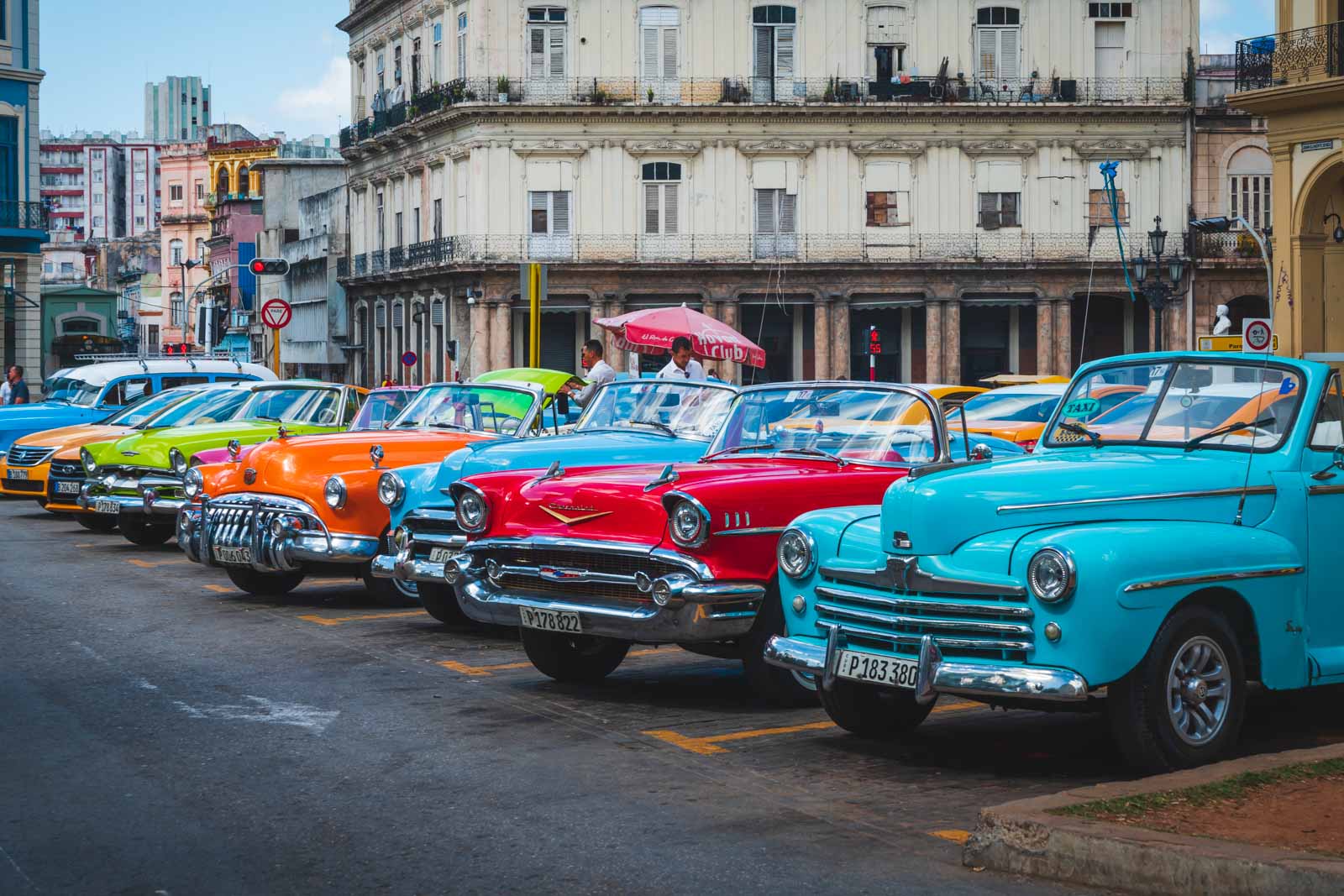
Table of Contents
Top Places To Visit In Cuba
Cuba transgresses the boundaries of time, spanning six decades simultaneously. In Old Havana take in the mid-century ambiance of the UNESCO World Heritage Site combined with its Spanish colonial architecture. Hail a classic American car, and whisk along the Malecón with hair flowing in the wind. Outside the city, there is a bounty of natural beauty to explore with thousands of miles of Caribbean coastline shielding glimmering coral reefs in tranquil turquoise waters.
If you arrive with an open mind, you will feel the new winds of Cuba whispering between the tones of salsa, reggaeton, and mesmerizing Santeria tambores calling on the saints to descend in celebration. Here are the 18 best places to see when visiting Cuba that you’ll never forget.
1. Visit Mesmerizing Havana
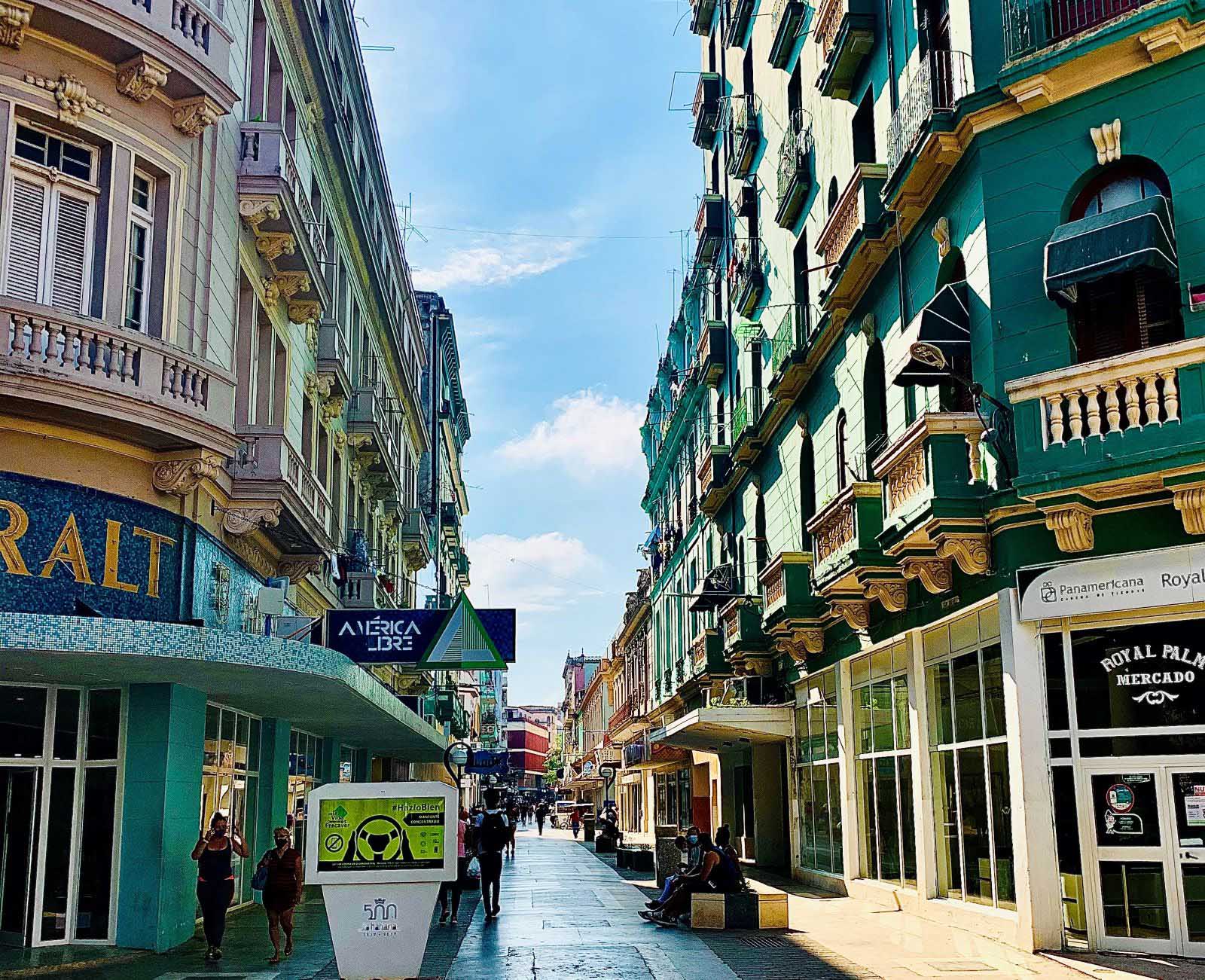
Of all the unique places to visit in Cuba, the famous capital Havana should be on top of your list! Often travelers either instantly fall in love with Havana or don’t get it at all. But if you give it time and wander its cobbled streets soaking in Cuban life and the different architectural styles from the old town to the central business district you’ll be captivated. We recommend at least a day in Havana, but if you can do three days, you’ll really be able to see it all
There are so many unique things to do in Havana, which is a city filled with music, art, culture, and delicious foods as well as Cuban history, museums, landmarks, noise, and rubble. Many must-see destinations are also within day trip distance from Havana.
The first thing I recommend is that you take a classic American car tour around the city, and take in the contrasts. This is a super way of getting an overview of greater Havana and experiencing firsthand the different ambiances of the city districts.
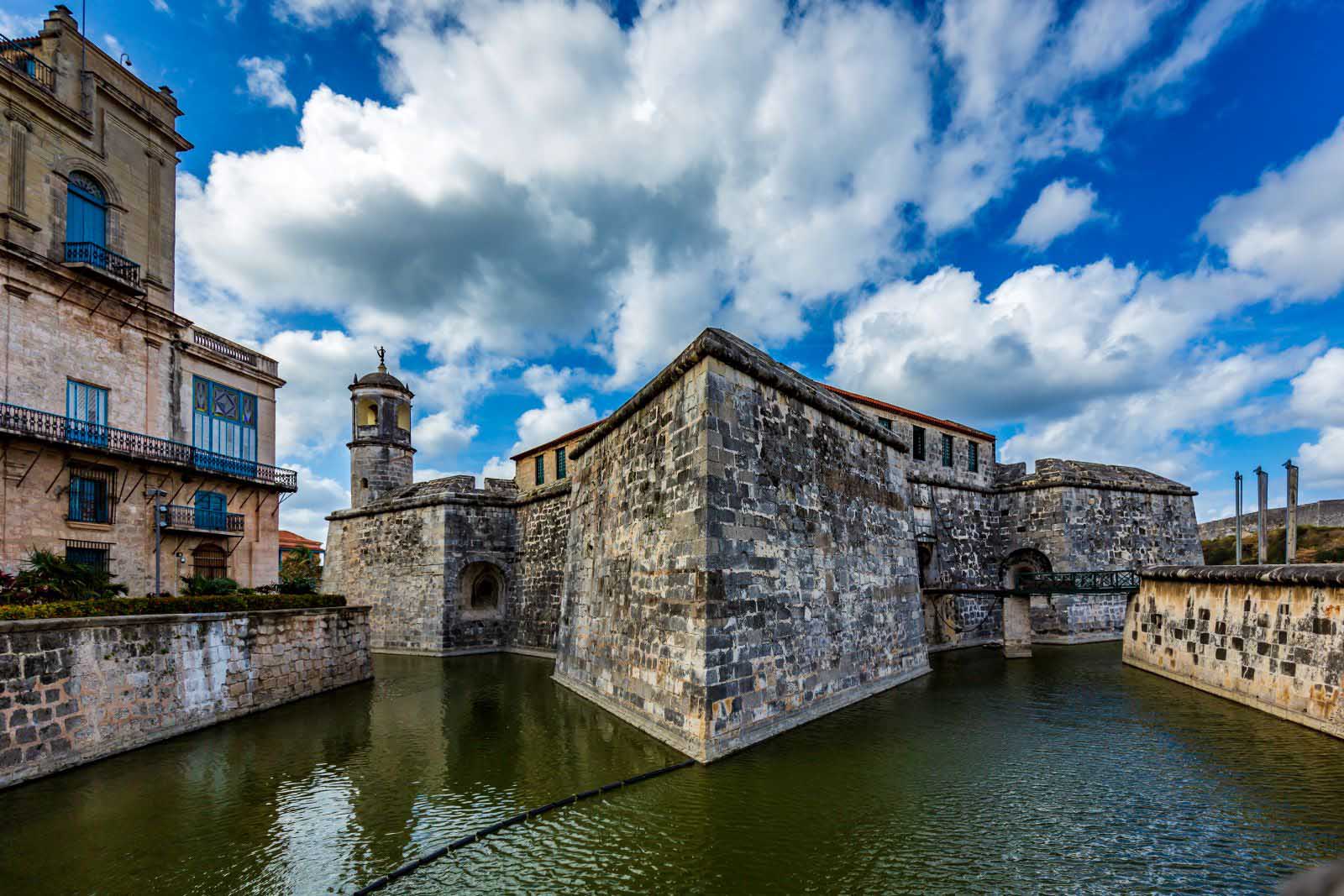
The second is to do a guided walking tour of the historic Old Havana (La Habana Vieja). Learn about the rich historical details of colonial Havana, revolutionary Havana, and Che Guevera. Make sure you visit the Plaza de la Catedral, Bodeguita del Medio (where Hemingway hung out), and the Castillo de la Real Fuerza.
My third recommendation is to book a table for dinner at Paladar San Cristobal (where Obama had dinner) or the rooftop terrace at fantastic La Guarida, both in Central Havana. Ask for a chambre separé in San Cristobal if you are a group, it will be an amazing evening. At La Guarida, stroll over to the other end of the restaurant after dinner for a nightcap at the amazing rooftop bar with stunning night views of Havana.
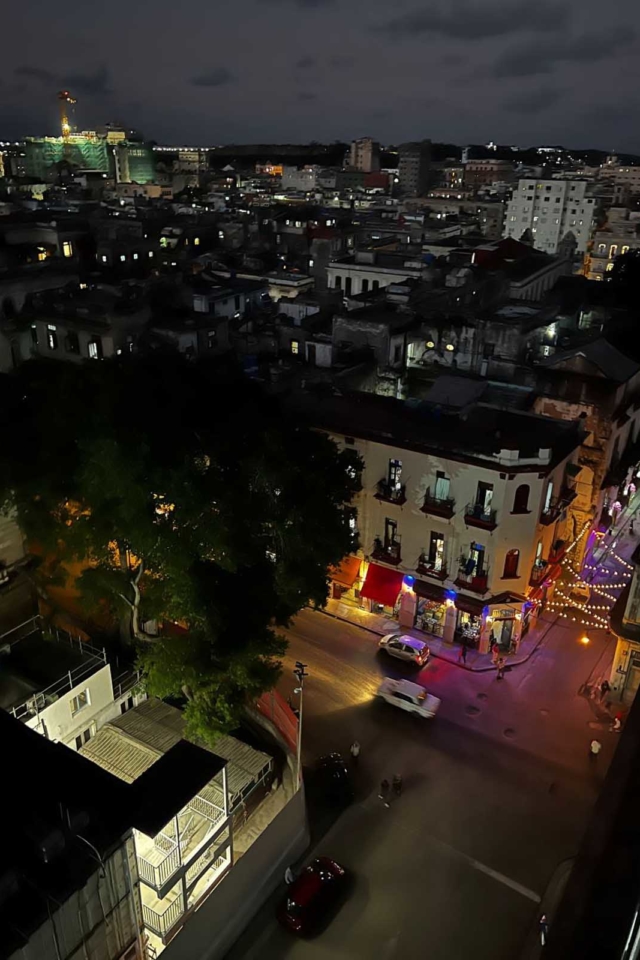
Vibrating in the contrast between the stunning and decaying, the new, the vintage, and the ancient, Havana’s unique atmosphere is created by decades of solitude, a proud national feeling, and a fading romantic idea about the revolution.
With its Spanish colonial architecture and the fierce Malecon boardwalk, a visit to Havana is an incredible experience if you keep your eyes and heart open. Explore the centuries-old streets, peek beyond the facade, let the city tell you its history, and take in the ambiance of Cuba’s capital.
Where to Stay in Havana
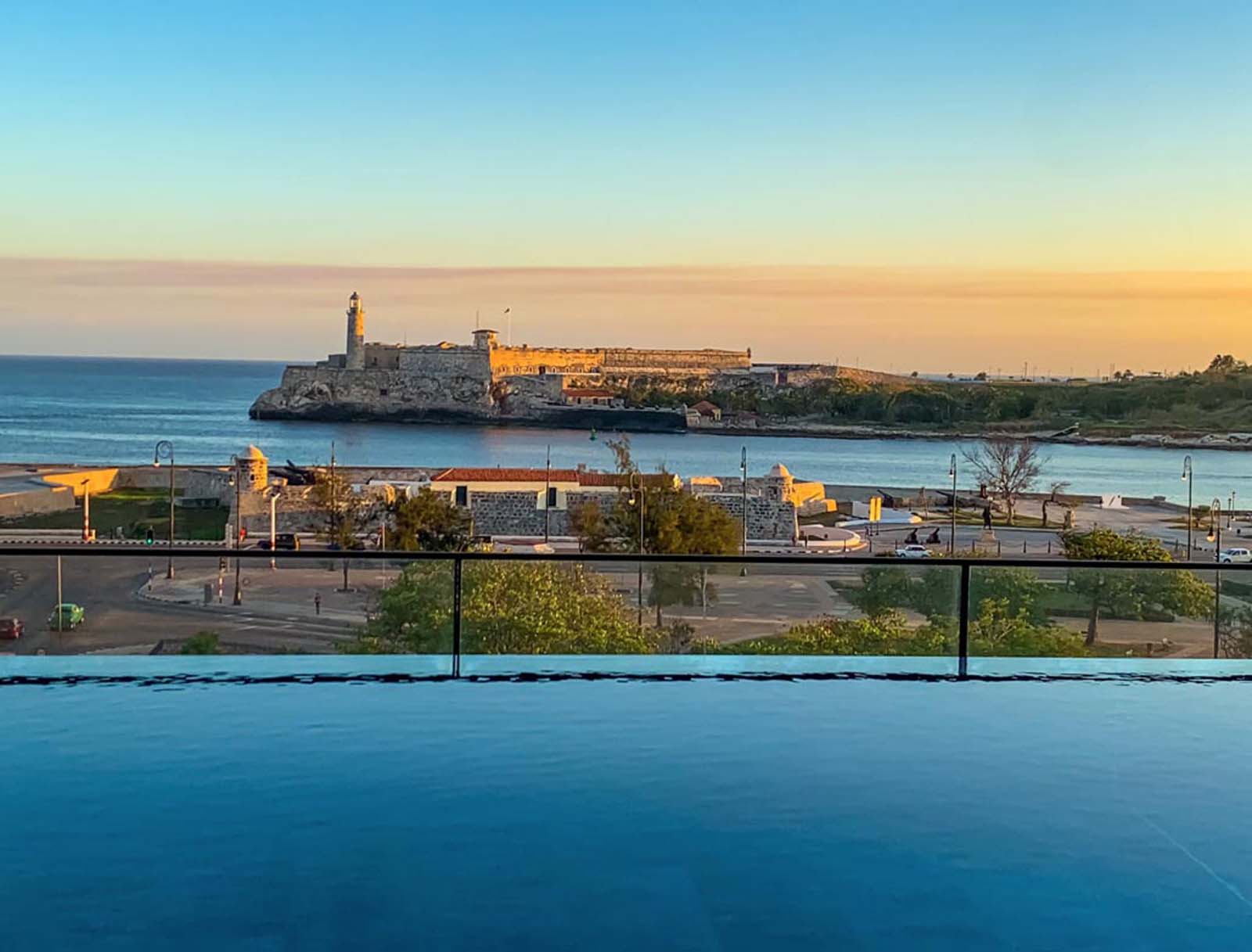
Planning on staying in Havana? The Iberostar Grand Packard is one of Havana’s most luxurious hotels with the best sunset view in the city. Have a cocktail on the 6th-floor bar overlooking the infinity swimming pool and the Malecon.
2. Feel Authentic Cuba In Guanabo Town
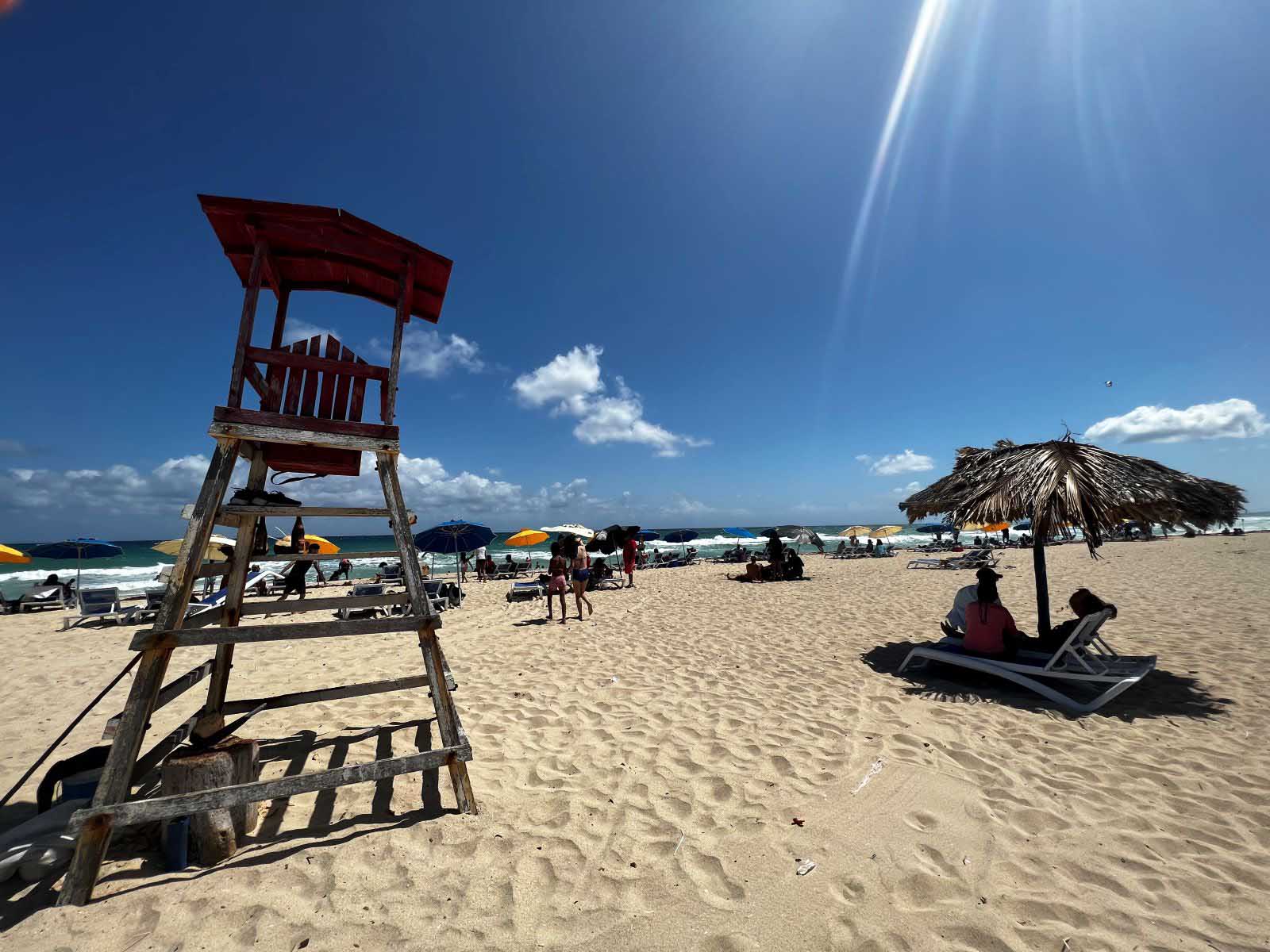
If you like to experience the authenticity and uniqueness of a destination when you are traveling, then one of the best places to visit in Cuba is Guanabo.
Located just half an hour’s drive east of Havana along the coastline, Guanabo is a typical Cuban small town. It is not free of tourists, but it is a destination much less traveled than Havana or Varadero. There is a myriad of bars and small restaurants with random self-appointed DJs along the main street of Guanabo.
Stop for a mojito in one of the roadside bars, and buy a typical Cuban lunch in the park next to La Esquina de Los Caballitos (bring cash) along with the rest of the locals. Then head for Guanabo Beach, where on the weekend each cluster of sunbeds houses a family with their subwoofer playing either reggaeton or salsa while sharing a bottle of rum with everyone!
Take a day trip to Guanabo, or opt for staying here for a night or two if you want a more authentic Cuban experience than partly polished Old Havana. You will find casa particulares for rent in Guanabo across the spectrum from simple standard to luxury, while experiencing a truer vibe of what Cuba is like, including the nightlife!
3. Basque In Turquoise Waters At Playas del Este
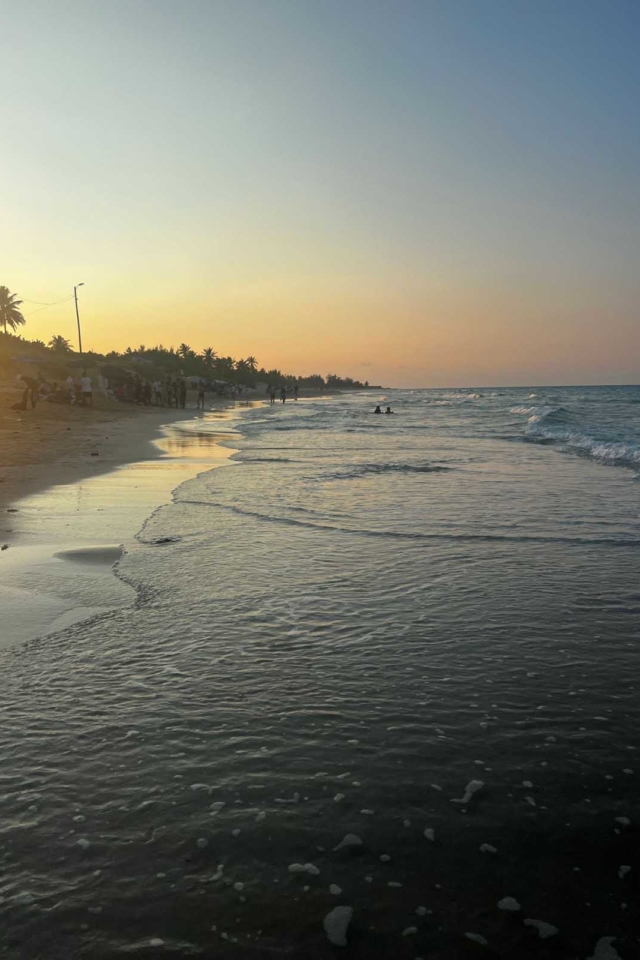
Playas del Este is a chain of small beaches lying like beads on a chain spread out to the east of Havana city. Lots of Cubans come to Playas del Este to enjoy the sand and sea, especially during the weekends. The closest beach to Havana is the small bay of Playa Bacuranao, while the most beautiful one according to lots of travelers, is Playa Santa Maria del Mar.
On the latter, you can expect lots of life and hustle and bustle, especially on the weekends, from kiosks selling everything from traditional chicken with rice, rum, and ice cream while playing music at the nightclub level.
Guanabo town is within walking distance of the eastern beach of Playa Boca Ciega, as well as Playa Guanabo. Playas del Este are the best beaches to visit on a day trip from Havana. You can take the bus from Parque Central, hail a private taxi to tend to you all day, or even book a beach trip as an organized tour online.
4. All-Inclusive Heaven In Varadero
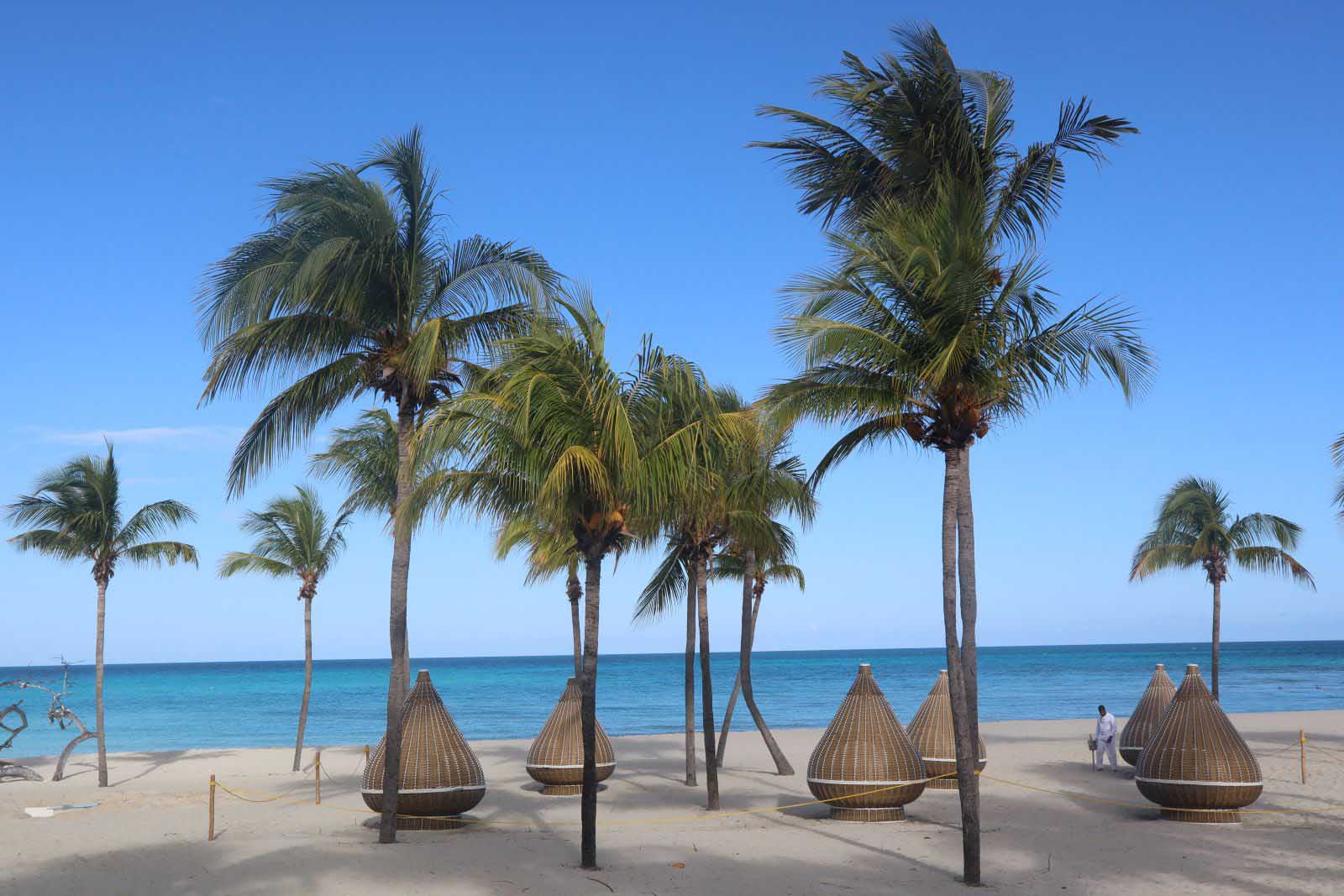
In 2019, Varadero Beach was voted forward as the second most beautiful beach in the world on TripAdvisor. For anyone longing for a true Caribbean holiday with crispy white sand and blue oceans, resorts, and pools, this is one of the top places to visit in Cuba.
The sandy string of beaches follows the entire coastline of the narrow Hicacos Peninsula, stretching into the sea off Cuba’s northern coast.
The peninsula is mainly the home of numerous large pampering all-inclusive resorts filled with swimming pools, restaurants, and spas along the coastline, only steps from the white sands and the sea. There is a small town center where you find restaurants, an artisan market, a variety of shops that you can enjoy, and even a mall built in the 90s, weirdly named Plaza America.
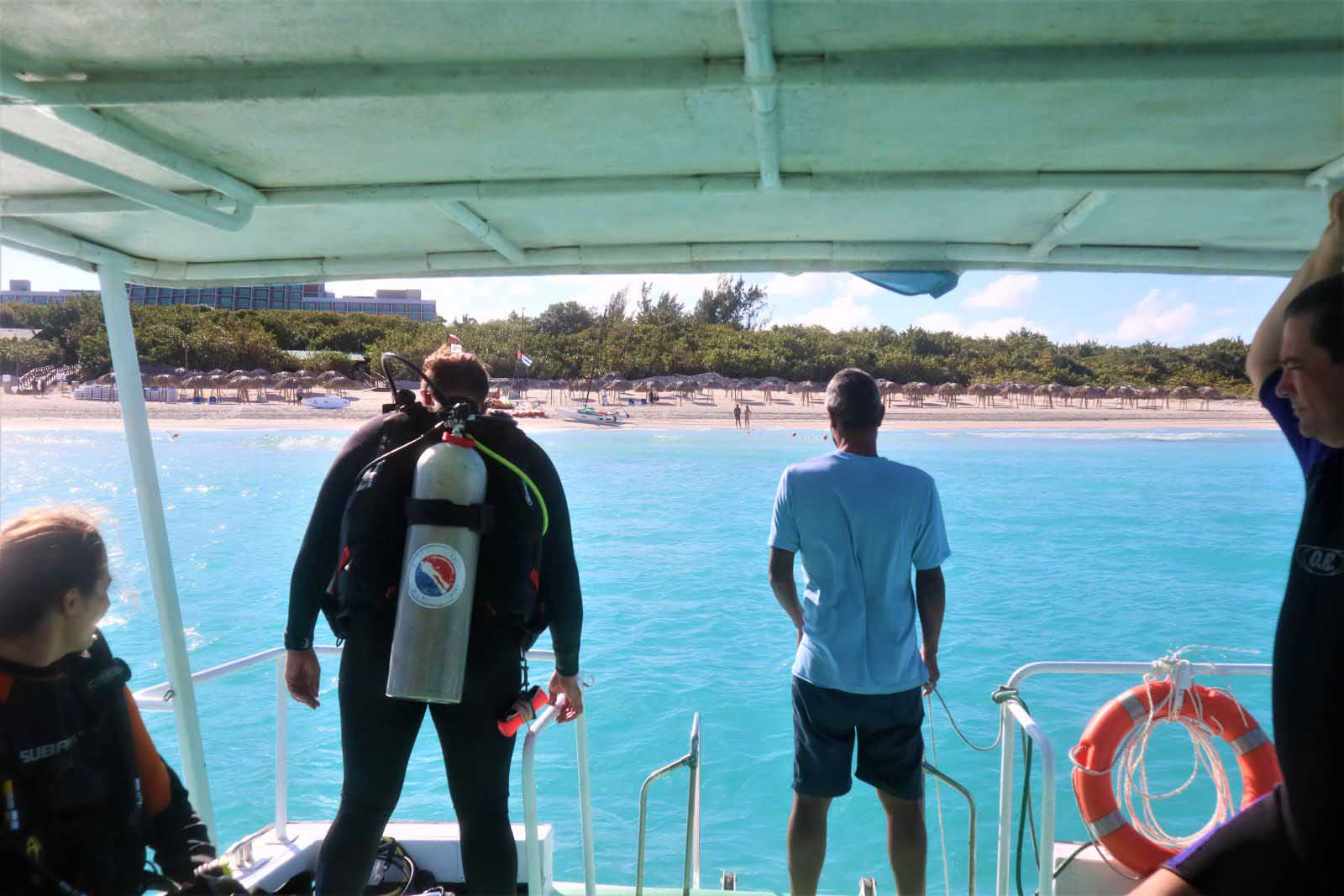
Varadero is perfect for a Caribbean getaway with swimming, snorkeling, boat trips, scuba diving, or simply soaking up some sunshine, and there is a golf course with spectacular proximity to the Caribbean surf.
You can also explore nearby caves, visit the Botanical Garden, a natural reserve, or venture out deep sea fishing!
Just know that if you stay in a Varadero resort for your entire vacation, you have not really visited Cuba, as the real Cuba is very different. So it is really great that Varadero is within tour distance to other destinations in Cuba, like Vinales, Havana, Trinidad, and Cienfuegos. Check it out.
5. Lush Green Valle de Viñales & Cuban Cigars
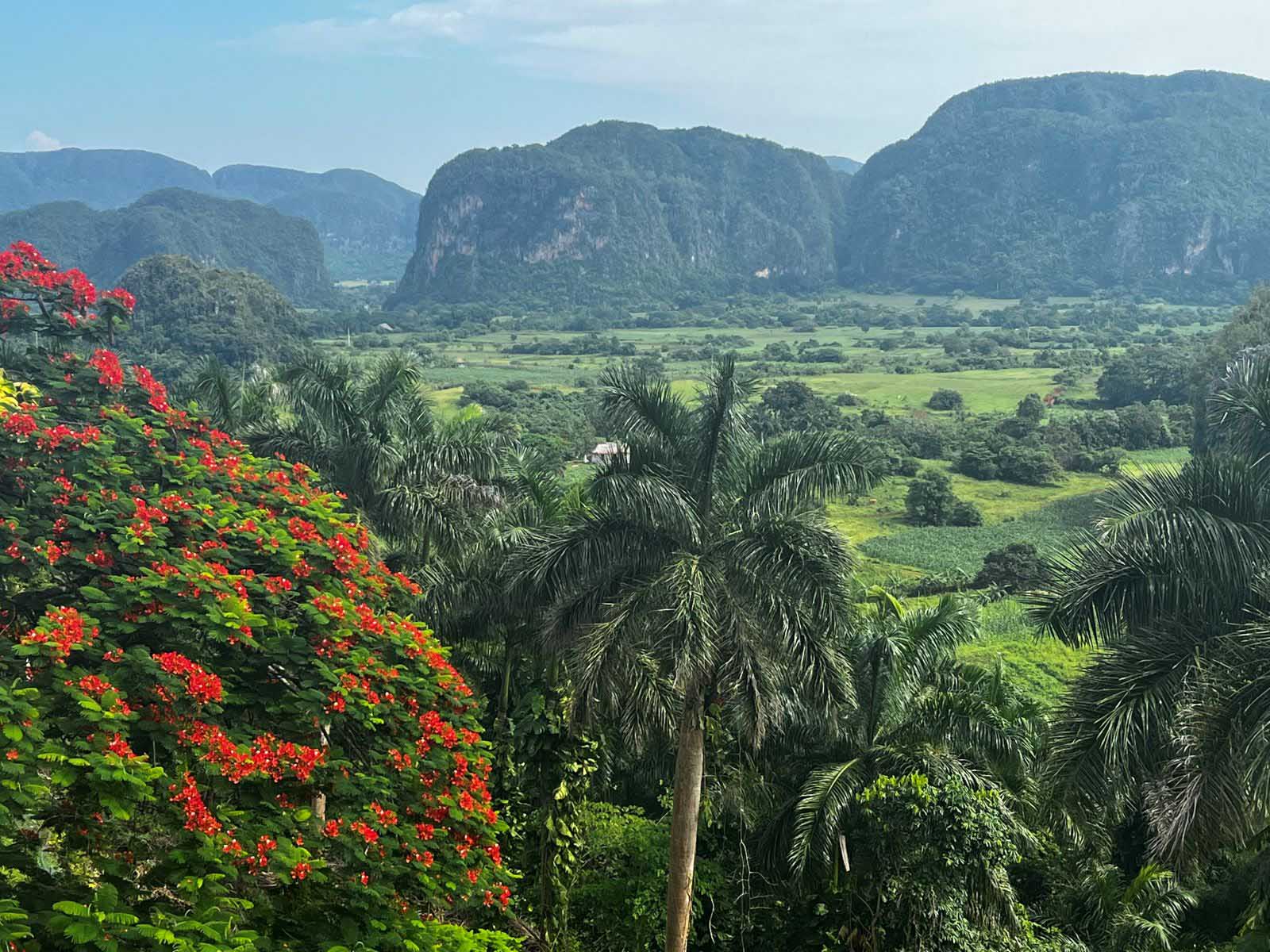
Mainly famous for being home to the coveted Cuban cigars, Vinales is a small agricultural town in a lush green fertile valley located in the western part of Cuba, in Pinar del Rio province.
You can take a day trip to Valle de Viñales from Havana, and even from Varadero (although that is a really long day) and experience the highlights of the valley. See the Mural de la Prehistoria, the stunning Cueva del Indio cave, visit a Cuban cigar farm, and have a traditional Cuban lunch – all in one day!
If you have time to travel slower, you can also stay a night or two in a casa particular in the small but charming Vinales town center.
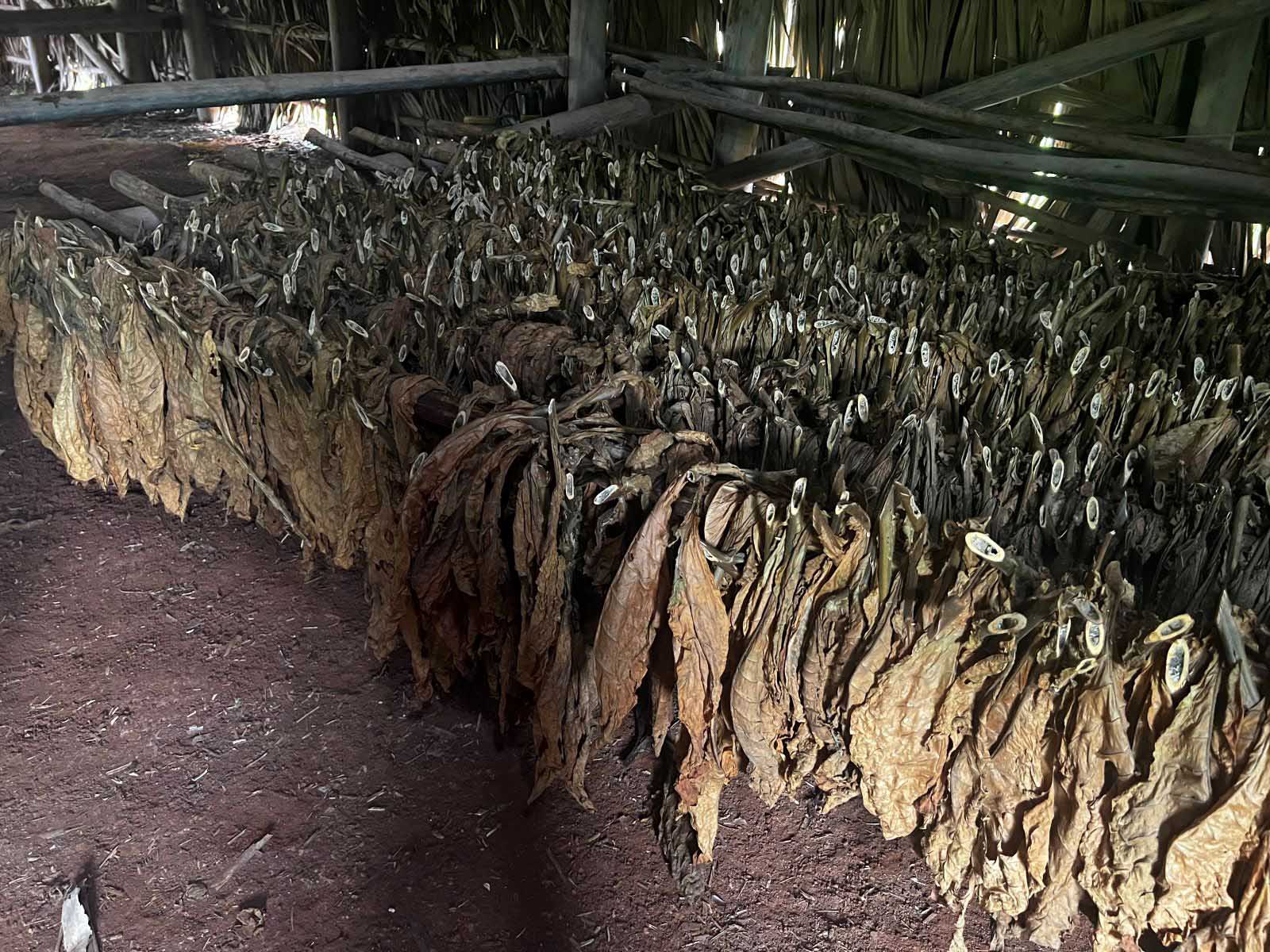
There are a variety of unique restaurants and bars for you to explore offering traditional meals with local ingredients and delicious Cuban food like ropa vieja or pollo con arroz morro. There is one special thing about Vinales that has put the valley on the UNESCO World Heritage site list, and that is the mogotes. Scattered around the valley small abrupt hills are lying like green sugar tops across the valley floor; the mogotes.
Mogotes are isolated, steep-sided, and rugged hills composed of limestone, marble, or dolomite, with rounded shapes that tower above the flat plains around them.
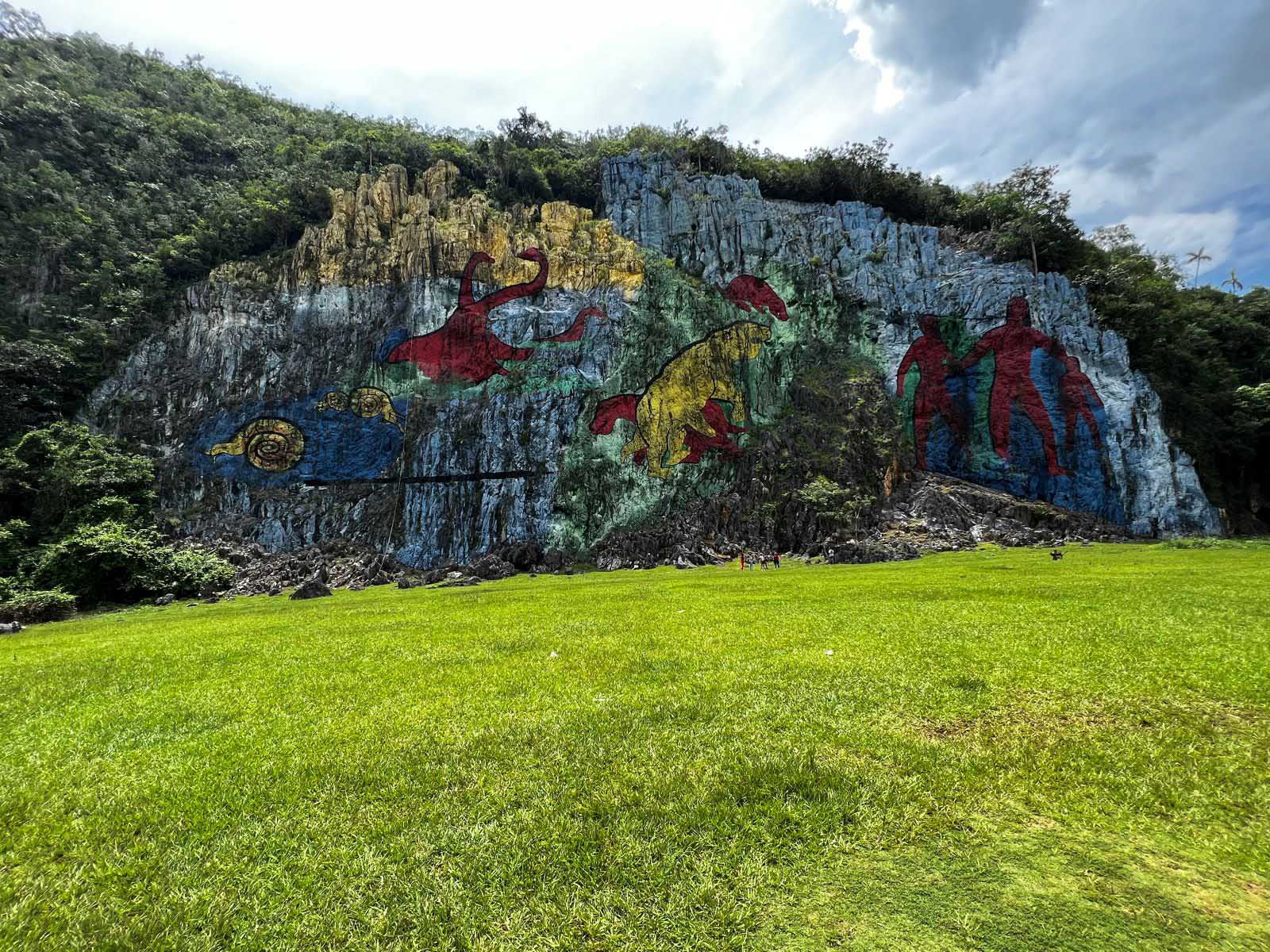
If you stay a while, you will have time to go on hikes to explore the mogotes up close, some of them have caves where you can go swimming or rock climbing inside.
Or try rock climbing on the outside, walk the many trails around the valley, go horseback riding, and visit the nearby limestone caves. Maybe visit the pristine beaches on Cayo Jutias up north on a day trip?
6. Ruggedly Untouched Island Cayo Jutias
Cayo Jutias is a beautiful island you can reach by driving north across a causeway on the verge of Pinar del Rio province, off the northwest coast of Cuba.
Here you find nothing but a quiet beach with a narrow strip of crispy sand separating the mangroves from the soft sea.
You can take a taxi up to this tranquil island for the day (there are no hotels here), a couple of hours from Vinales. It is perfect for anyone looking for a relaxing getaway, with stunning beaches, clear blue waters, and simply chill.
Most travelers immediately fall in love with the pristine rugged beauty of Cayo Jutias. Unlike other destinations in Cuba, the untouched Caribbean beaches here have not been developed like Varadero or some of the other Cuban keys.
There is a restaurant and a couple of bars on the beach where the prices are decent for cocktails and sandwiches. Spend the day snorkeling, swimming or simply doing nothing on the beach before you return to mainland Cuba in the afternoon.
7. Sustainable Las Terrazas in Pinar del Rio
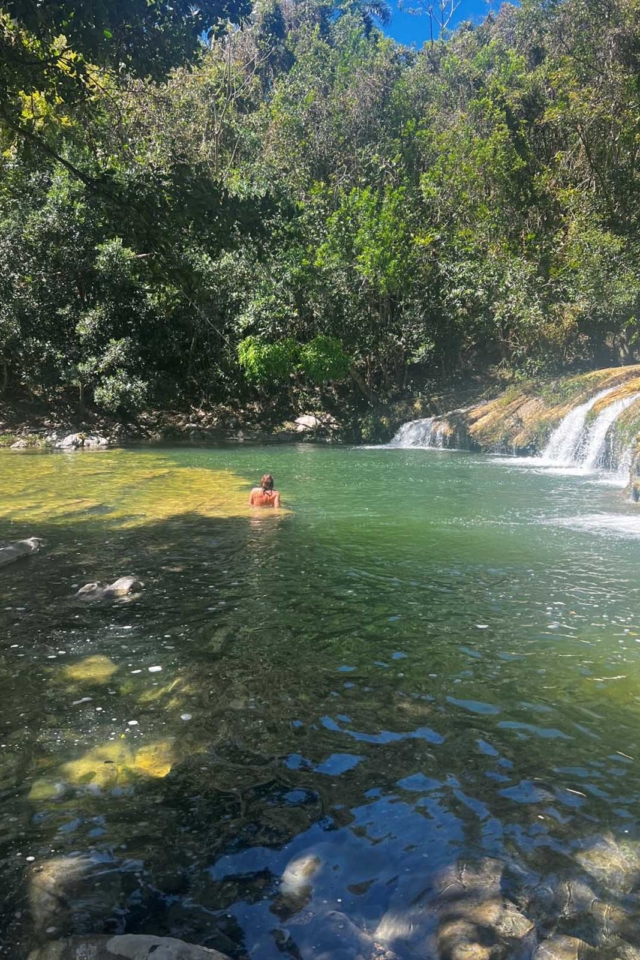
Las Terrazas is a picturesque, serene community that focuses on sustainable development in Pinar del Rio, and allows its visitors to become one with nature.
Located 46 miles west of Havana, this tranquil oasis is situated in the Sierra del Rosario which was appointed a Biosphere Reserve by UNESCO in 1985. In the late 1960s, Las Terrazas was created to restore an area that had been severely damaged by extensive coffee production in the 19th century.
Millions of trees were planted, terraces for agriculture excavated, and a small town was constructed to keep nature as its focus. Now the land is protected rather than exploited; its cycles are respected and appreciated in perfect harmony with nature.
Las Terrazas is one of the destinations in Cuba that has attracted a vibrant community of talented artists. It also provides an incredible outdoor setting for nature enthusiasts from open public workshops and studios to unlimited opportunities for outdoor activities. Spend the day in the beautiful river oasis, with layered cascades running from one level to another of crystal clear pools where you can take heavenly dips in the waterfalls.
From the lush vegetation of the Sierra del Rosario mountain range, you will also find stunning viewpoints, and tropical mountain scenery around Las Terrazas, where you can gaze at the hazy coastline!
8. Colonial Living Museum Of Trinidad
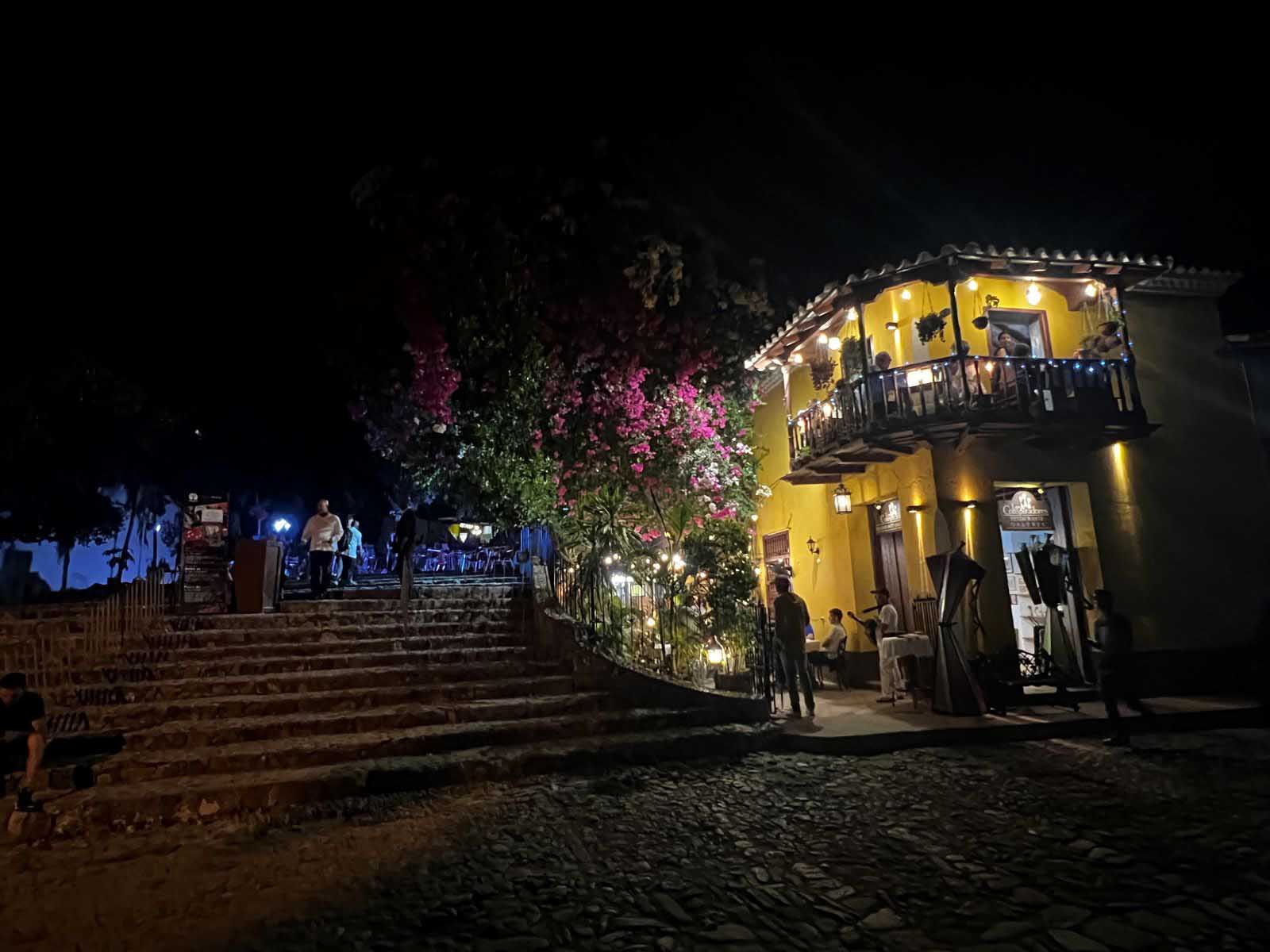
Trinidad is often referred to as “the museum of Cuba”, a unique colonial city located on Cuba’s southern shores around four hour’s drive from Havana.
The reason Trinidad is protected by the UNESCO World Heritage Site list is that its historical center looks almost identical today as it did at the height of Cuba’s sugar era when Trinidad was the sugar capital of the island. When Cuba was priced out of the sugar trade by other nations, the city became a forgotten backwater, a place that was not developed like other Cuban towns in the 19th and 20th Centuries.
Trinidad today is one of the most famous places to visit in Cuba for its well-preserved colorful colonial buildings and cobblestone streets. Here historic telltales from the colonial era in the Caribbean and Cuba are found in the details.
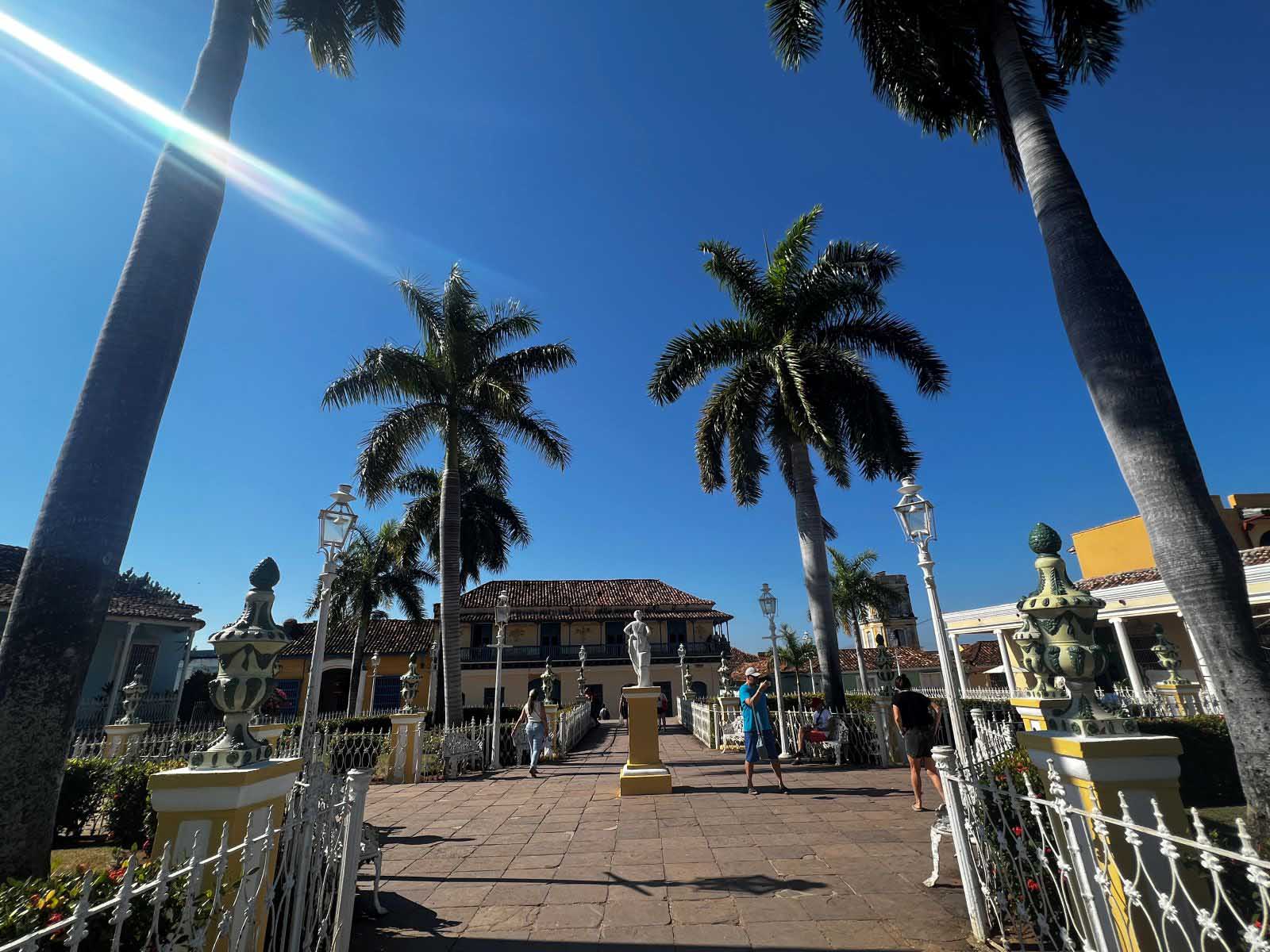
Visit one of the countless museums(don’t miss the Museum of Colonial Architecture aka Museo de Arquitectura Colonial) and artist’s studios in Trinidad’s historic center, walk around Plaza Mayor at nightfall, and enjoy a meal on the balcony of Los Conspiradores opposite Casa de la Musica.
Travel the short distance to the Valle de Los Ingenios, or Valley of Sugar Mills, once home to vast sugar plantations. From Trinidad, you can also explore the Topes de Collantes national park, or simply head out to paradisiacal Playa Ancon beach just 15 minutes from Trinidad town center.
9. Cienfuegos City With The French Heritage
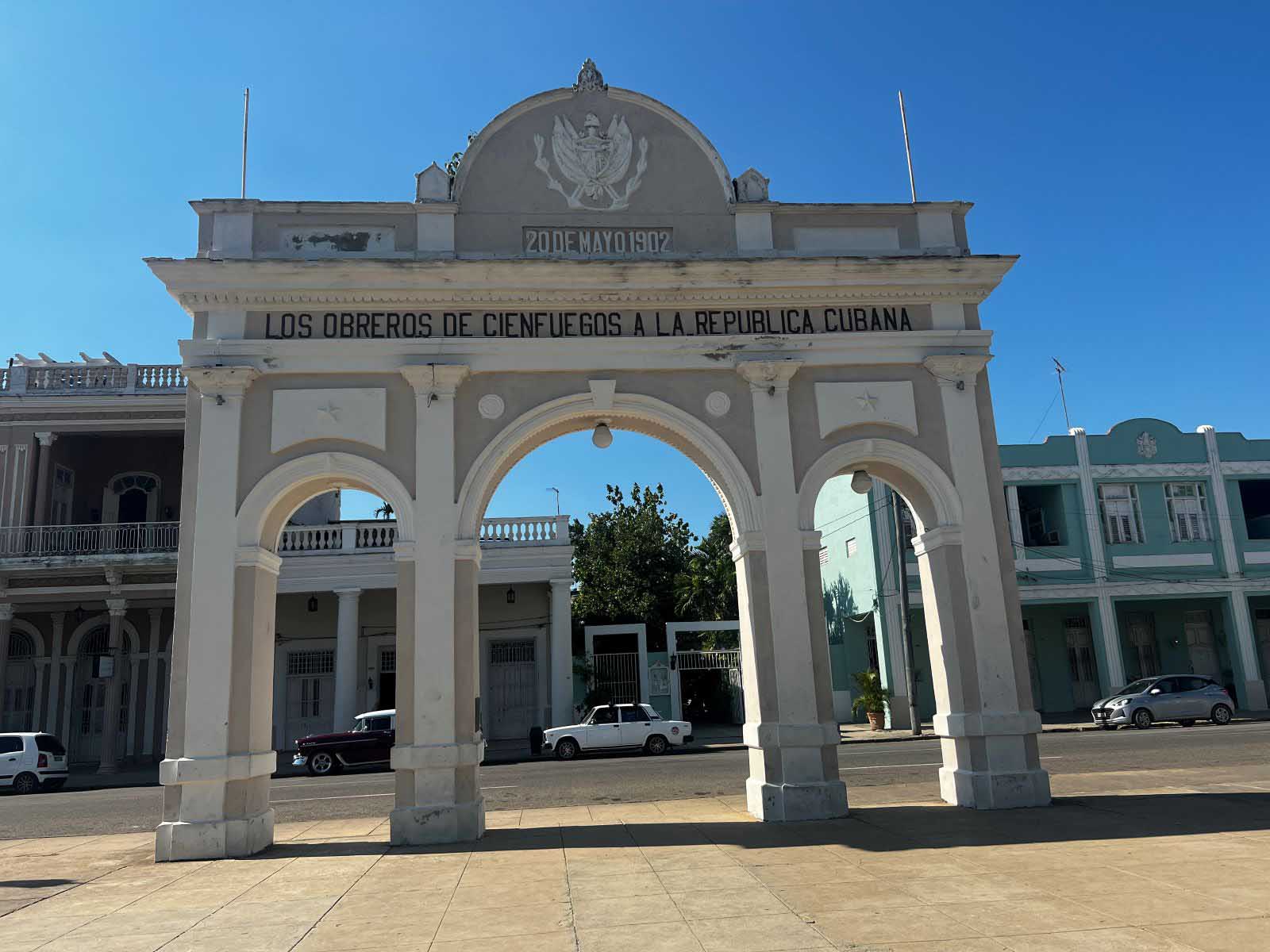
The special thing about Cienfuegos is that it is the only city in Cuba that was founded by the French, not the Spanish (although under the Spanish crown).
A small town located on the southern coast of Cuba just west of Trinidad, the heritage of Cienfuegos is detectable in architecture and even city planning. You find a miniature version of the Arc de Triomphe in the main city square; Parque Jose Marti.
Along Boulevard avenue in Cienfuegos is a variety of shops and small restaurants, and when the Boulevard closes, the Paseo del Prado wakes up. This is where the Cienfuegos nightlife is found, as the sun sets, the doors and windows open along the Prado and the music starts.
You can also visit attractions like the amazing botanical garden, or go kayaking or horseback riding outside the city. And then head out to Camila’s restaurant out on Punta Gorda, across the Malecon, for an amazing sunset and dinner.
10. Infamous Bay of Pigs & Playa Giron
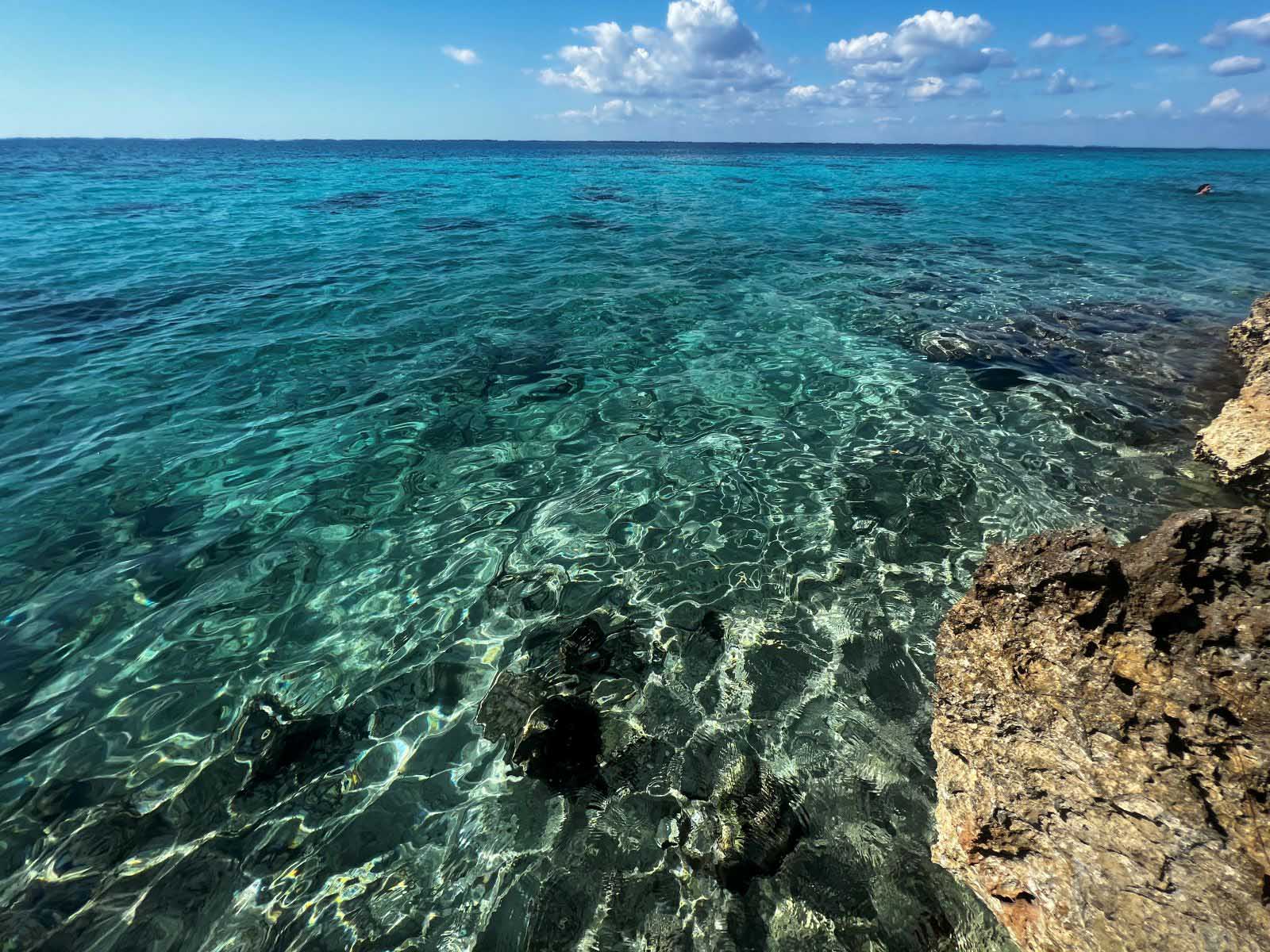
The Bahia de Cochinos, more commonly known as the Bay of Pigs, and the small village at Playa Giron beach are the destinations in Cuba that were the center of dramatic world events in 1961.
The failed US invasion of Cuba happened here, where more than a thousand soldiers landed on the beaches, where they were defeated by Cuban forces, and ended up being prisoners of war for over a year in Cuba.
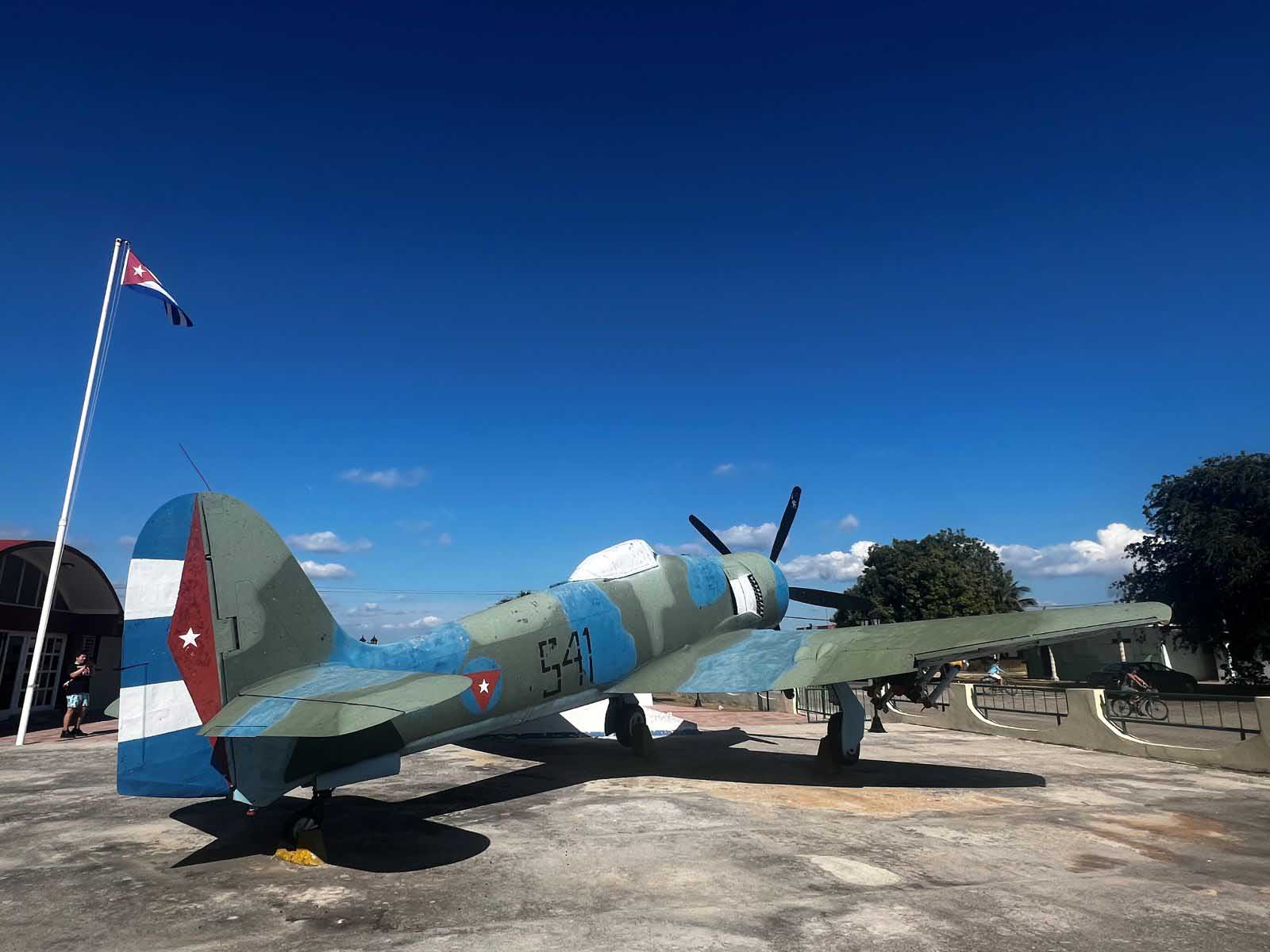
Today Playa Giron is a sleepy little village on the edge of the deep Bay of Pigs. It is worth a visit because of the Bay of Pigs Museum, which tells the story of Cuba before the revolution, as well as the failed US invasion from a Cuban standpoint.
There are also a variety of restaurants and bars in the area, so you can enjoy local Cuban cuisine for lunch or if you stay the night. After visiting the museum and the small market, there is not a lot more to discover here.
If you head further north to Playa Larga you can check out some of the best diving on the island. With 17 different types of coral and great visibility, you will want to visit this place if you want to explore the underwater world.
11. Heart Of The Revolution Santa Clara City
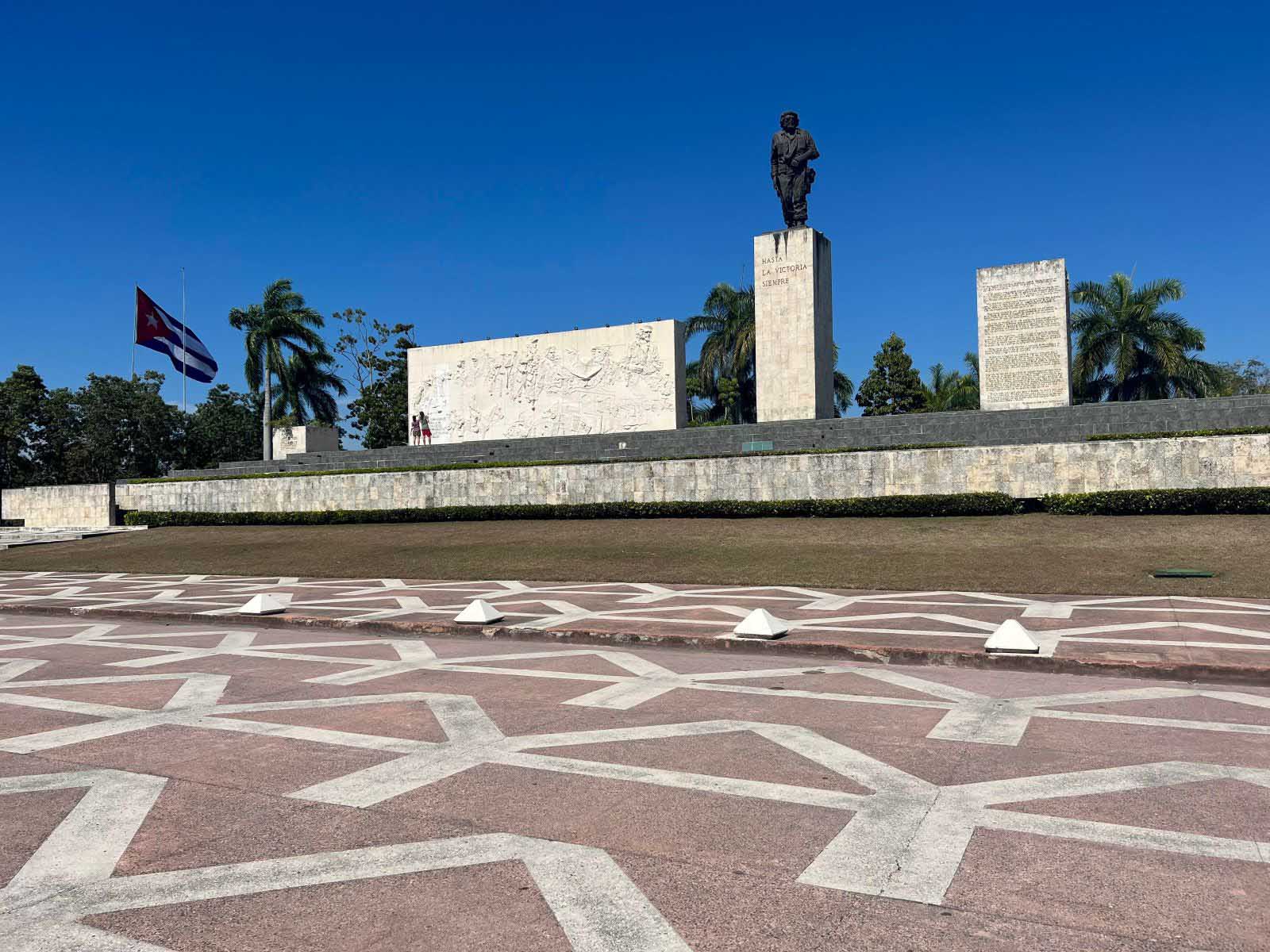
Santa Clara is a small city located in the central part of Cuba about two hours north of Trinidad. It is home to a university, and possibly the scene of the most important incident leading up to the Cuban revolution in 1959.
This is where Che Guevara and his men defeated Batista soldiers in December 1959 in a dramatic fight, before conquering the city, which led to president Batista fleeing the country on New Year’s Eve. Today this is one of the places to visit in Cuba with the most memorabilia, monuments, murals, and signs about the revolution all around, including in the main plaza Parque Leoncio Vidal.
Santa Clara is also home to the last resting place of Che Guevara; he has been honored with a huge mausoleum on the verge of the Plaza de la Revolución. Santa Clara today also has a decent nightlife, lots of casa particulares, and a variety of restaurants and bars. After hiking to the top of La Loma hill to watch the sunset you can enjoy tasty Cuban dishes for dinner in this living and breathing museum of the revolution in Cuba.
From Santa Clara, there is about a one-hour drive north to Cayo Santa Maria, one of the paradisiacal Cuban keys that exist only for all-inclusive resort life.
12. Secluded Paradise Island Cayo Santa Maria
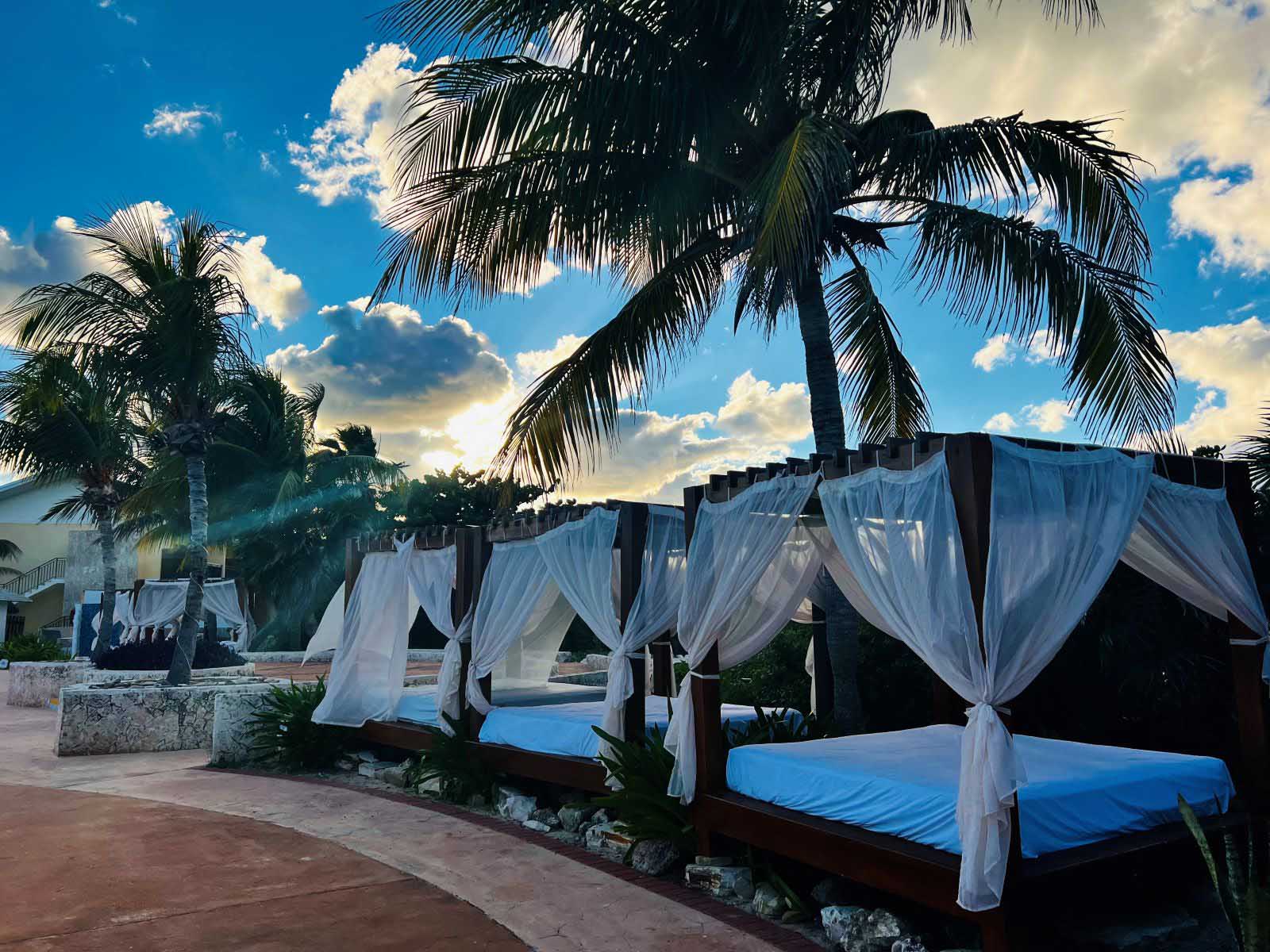
Cayo Santa Maria is the name of a stunning island triplet, and part of the most famous places to visit in Cuba, the Cuban keys. Located off the north coast of Cuba, it lingers just where the Jardines del Rey coral reef system starts; the King’s Garden.
To get here, you need to cross over a causeway on the northern coast of around 28 miles before you arrive at the island mangroves, hiding a secluded paradise consisting only of amazing all-inclusive resorts and luxury.
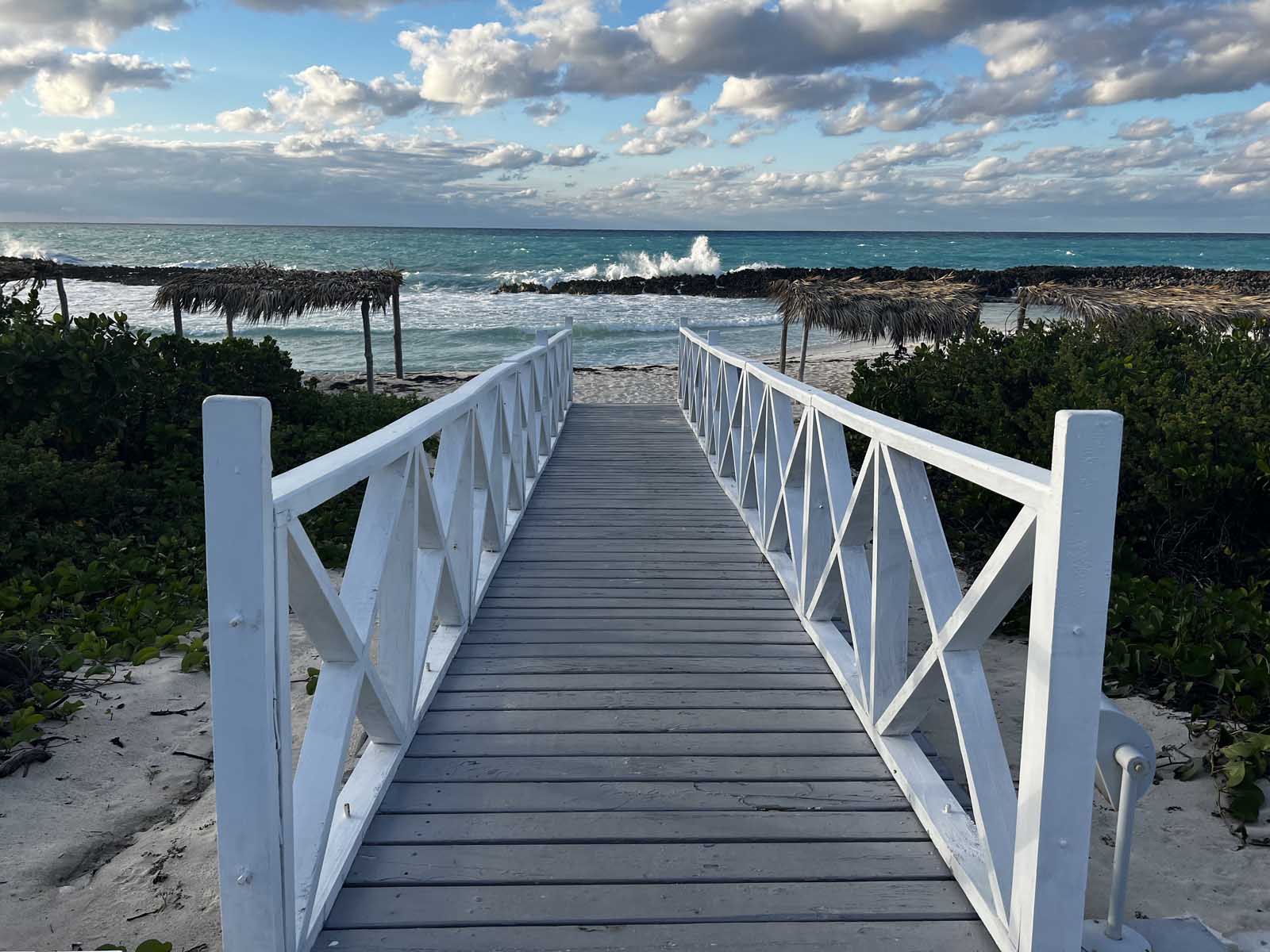
In Cayo Santa Maria, there is no city center or local inhabitants, the whole island triplet is a resort heaven. A holiday here really is the place you go for the Caribbean paradise getaway, and only that.
What there is an abundance of in Cayo Santa Maria, is beaches, pools and pool bars, food, mojitos, and lots of water activities. It is a perfect place to go snorkeling, take a day trip on a catamaran, scuba diving, and even deep sea fishing from Marina Gaviota.
You can visit other parts of Cuba from Cayo Santa Maria like Santa Clara and Trinidad, but be prepared to cover some distances for other adventures.
13. Paradisiacal Beaches And History In Cayo Coco
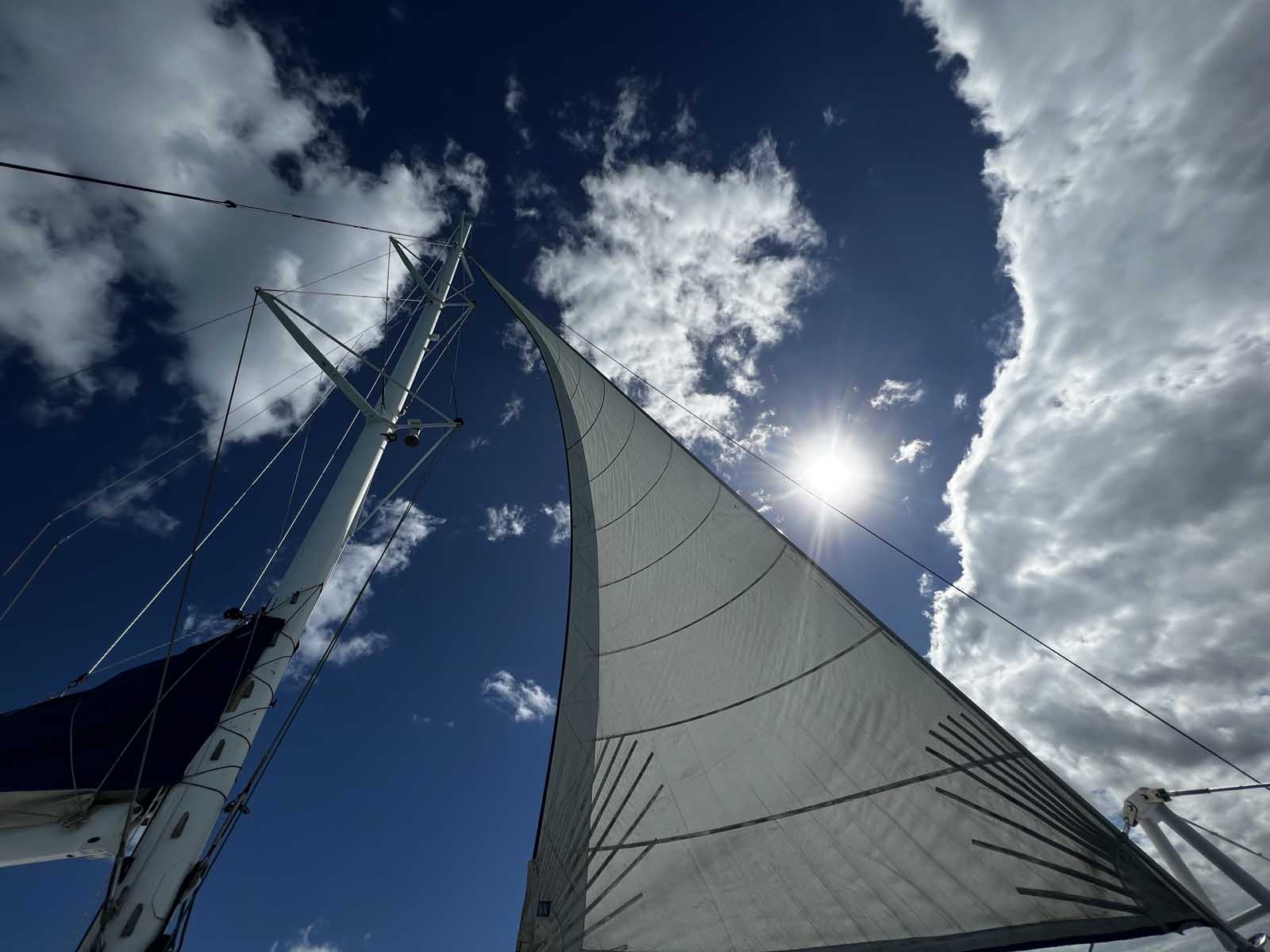
Cayo Coco is another stunning Cuban key located off the north coast of Cuba, the most famous one of the Jardines del Rey coral reef system, from where you can also reach tiny Cayos Guillermo, Paredon, and Cruz. You need to cross another long causeway across the Bahía de Perros (Bay of Dogs) to reach Cayo Coco and Guillermo, as the keys are connected to the main island of Cuba by a 17-mile pedraplen.
These beautiful islands are known for stunning beaches and crystal clear waters, the five most famous beaches on Cayo Coco being Playa Los Flamencos, Playa Prohibida, Playa Larga, Playa Colorades, and Playa la Laula.
There are of course plenty of water sports to do on Cayo Coco, including amazing diving in the Jardines del Rey, and kite surfing. On dry land, you can also go rock climbing at the Rocarena Climbing Center, or take a jeep tour. Cayo Coco is also an all-inclusive resort territory, the only exception is Sitio La Guira where you can rent rooms in a very special historic environment.
Sitio La Guira is an enthralling ecological and historical area where you can explore the region’s myriad biodiversity while traveling back in time. Learn about the culture, customs, and lifestyle of its early colonists here during the 1900s.
14. Capital Of The Carnival Santiago de Cuba
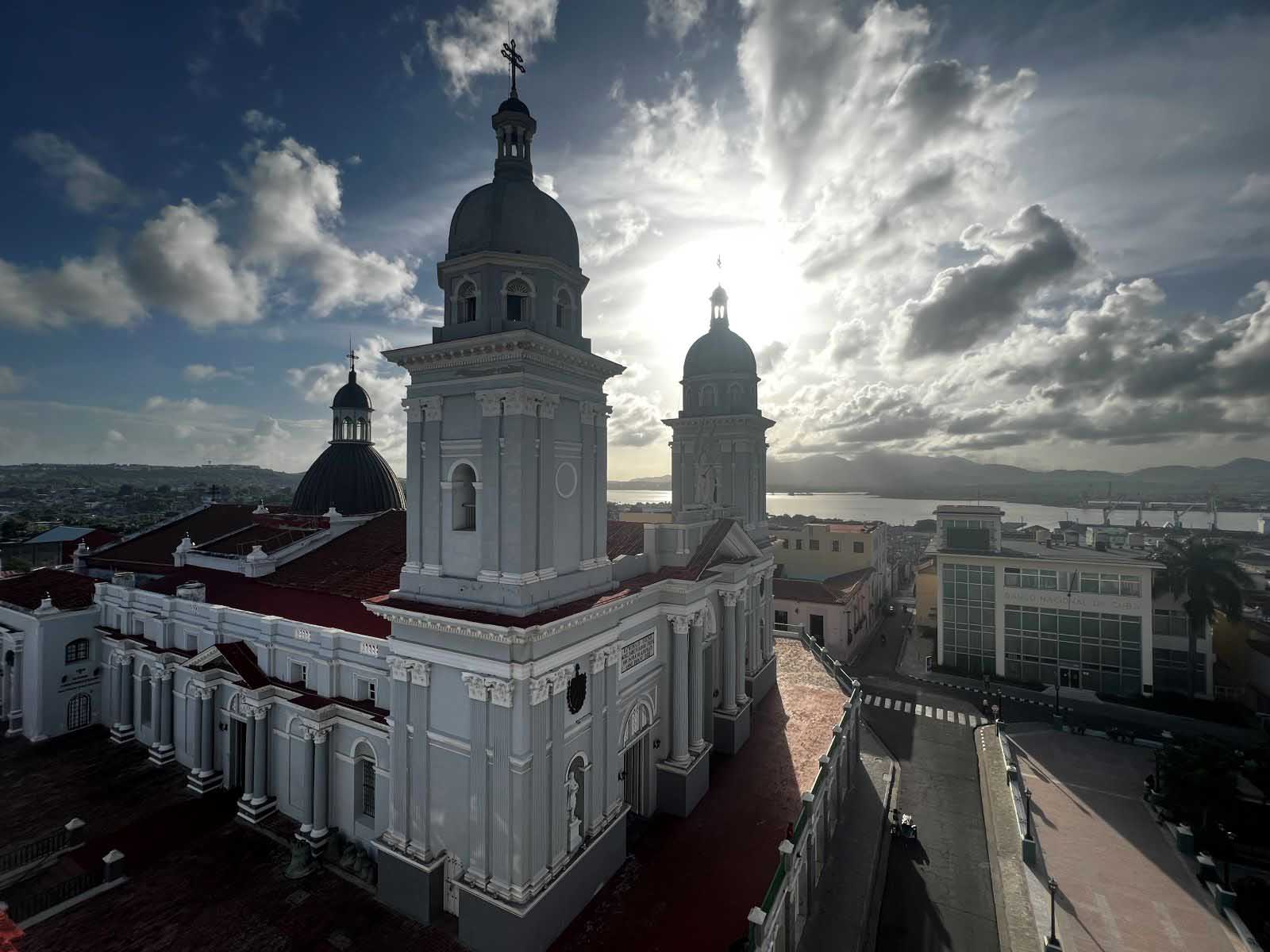
Santiago de Cuba today is the second biggest city in Cuba, situated on the eastern side of the island. The distance from Santiago de Cuba over to Haiti is shorter than to the capital Havana.
For a few decades centuries ago, Santiago was the formal capital of Cuba, and today it still holds the title capital of the carnival in Cuba. Although most destinations in Cuba have a carnival, they are not like the one in Santiago.
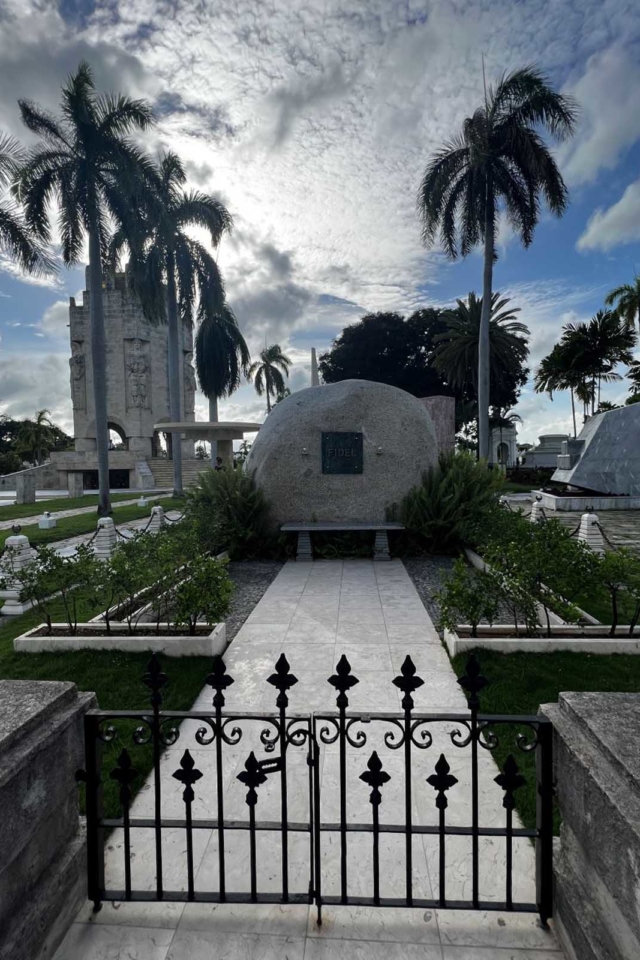
The city is famous for its incredibly energetic and abundant carnivals every year in July, and Santiago also has a bit more Caribbean influence from the islands further east because of its location.
Some unique sights in Santiago are the majestic El Morro fortress guarding the narrow entrance to Santiago bay, San Pedro de la Roca Castle a UNESCO World Heritage Site, and the Santa Ifigenia Cemetery, which is the last resting place of Cuban national hero Jose Marti, as well as Fidel Castro.
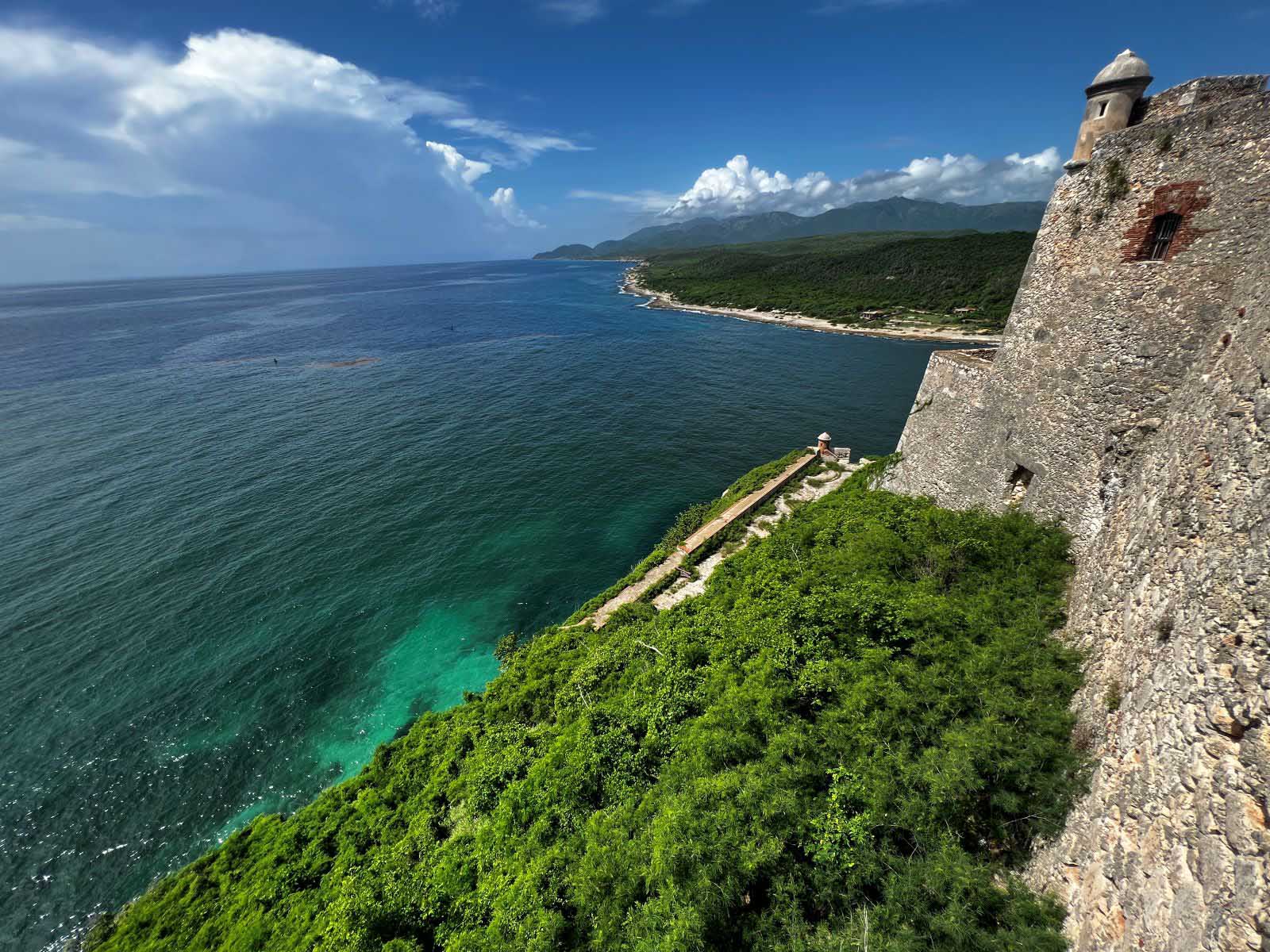
Santiago is also the birthplace of the 26th of July Movement, the name of Castro’s resistance group, which was founded after a failed attack on the Moneda Barracks in Santiago in 1953.
After this attack, Castro was sentenced to jail and spent several years incarcerated in a jail on Isla de la Juventud which is now the museum you can visit on Isla de la Juventud. Santiago de Cuba also has some famous restaurants like the Bodeguita del Medio on the main street, where they serve killer Camarones (shrimp).
15. Biodiverse Isla de la Juventud
Isla de la Juventud, or the Isle of Youth, is the second largest island in the Cuban archipelago (there are around 4000), situated in the Caribbean Sea south of western Cuba. It is one of the destinations in Cuba that are the trickiest to visit.
The capital city is Nueva Gerona, which is more like a village with a few casa particulares, bars and restaurants, and some museums. There is only one hotel on the island,
Particularly famous for exceptional scuba diving sites, it is also close to the southern coral reef outside Cuba, the Jardines de la Reina. Make the journey from the main island port of Batabanó in about three hours, and you can experience amazing scuba diving off the southwestern tip of Punta Francés.
Isla de la Juventud is also a paradise of biodiversity protecting endangered species such as crocodiles, parrots, sharks, and turtles. One spectacular sight on Isla de la Juventud is the Presidio Modelo, the iconic prison-turned-museum where Fidel Castro was imprisoned after the failed attack in Santiago de Cuba in 1953, an eerie-looking place today.
Isla de la Juventud is not for city lovers, this is a destination for travelers who enjoy venturing off the beaten tracks, find weird stuff fascinating, and love to explore nature reserves and wildlife.
16. Vast Mountain Range Sierra Nevada
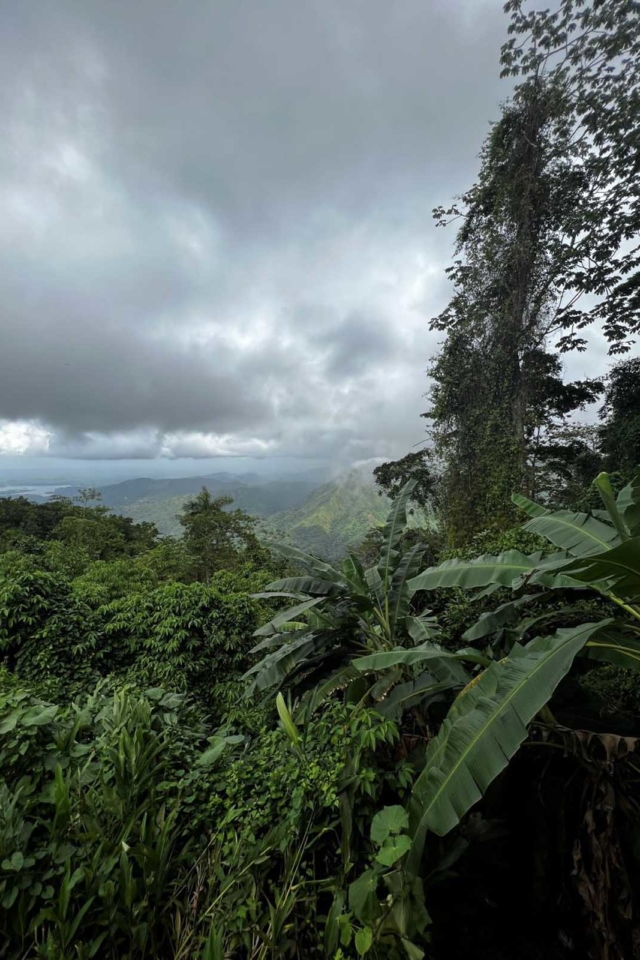
The Sierra Nevada is a vast mountain range east of Santiago de Cuba, starting by the sea and stretching inland. The area has several national parks like Gran Parque Nacional Sierra Maestra and Parque Nacional Pico Turquino.
Pico Turquino is also the highest point of the Sierra Maestra and the highest point in the whole of Cuba with its 1974 meters above sea level. A great destination in Cuba for avid hikers, and nature lovers who will be rewarded with amazing views of the mountains and the sea after a trek up here.

Visitors can also explore its many trails, breathtaking waterfalls, and panoramic mountain views. Sierra Maestra is home to a variety of unique wildlife, and more than 80 bird species, so make sure to keep an eye out for native birds and other animals! The Sierra Maestra is also famous for being Fidel Castro’s secret guerilla hideout in the 1950s.
17. Fidel Castro’s Secret Headquarters Comandancia de la Plata
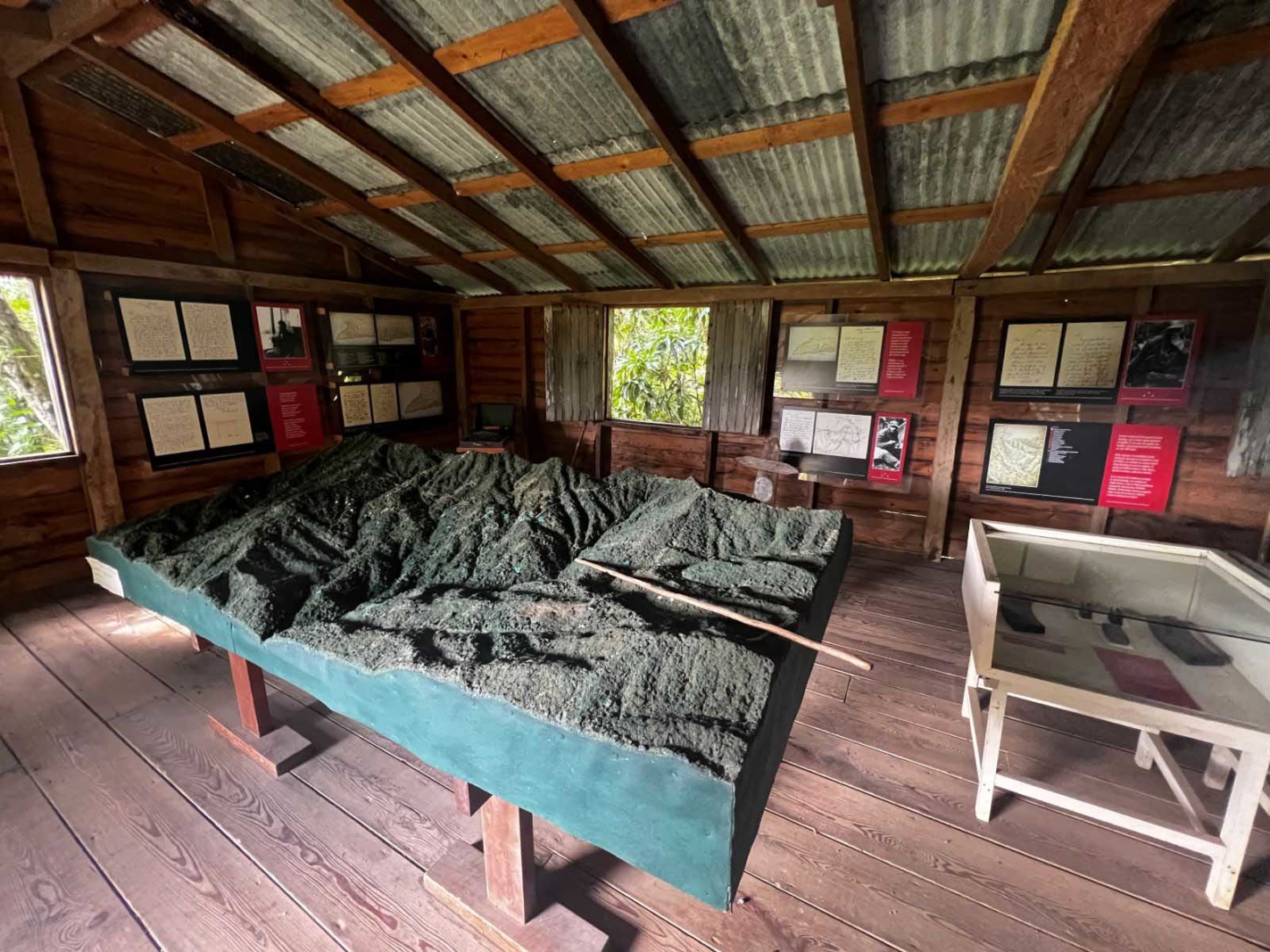
Comandancia de la Plata possibly is the most intriguing of all destinations in Cuba you can visit. This was Fidel Castro’s hidden jungle headquarters in Sierra Maestra in the 1950s, and it still looks the same today.
Here Fidel Castro and his comrades ran their resistance campaign and guerilla warfare against Batista in the last years of the 1950s, before the Cuban revolution. Here he hid for long periods, made plans, and prepared for attacks.
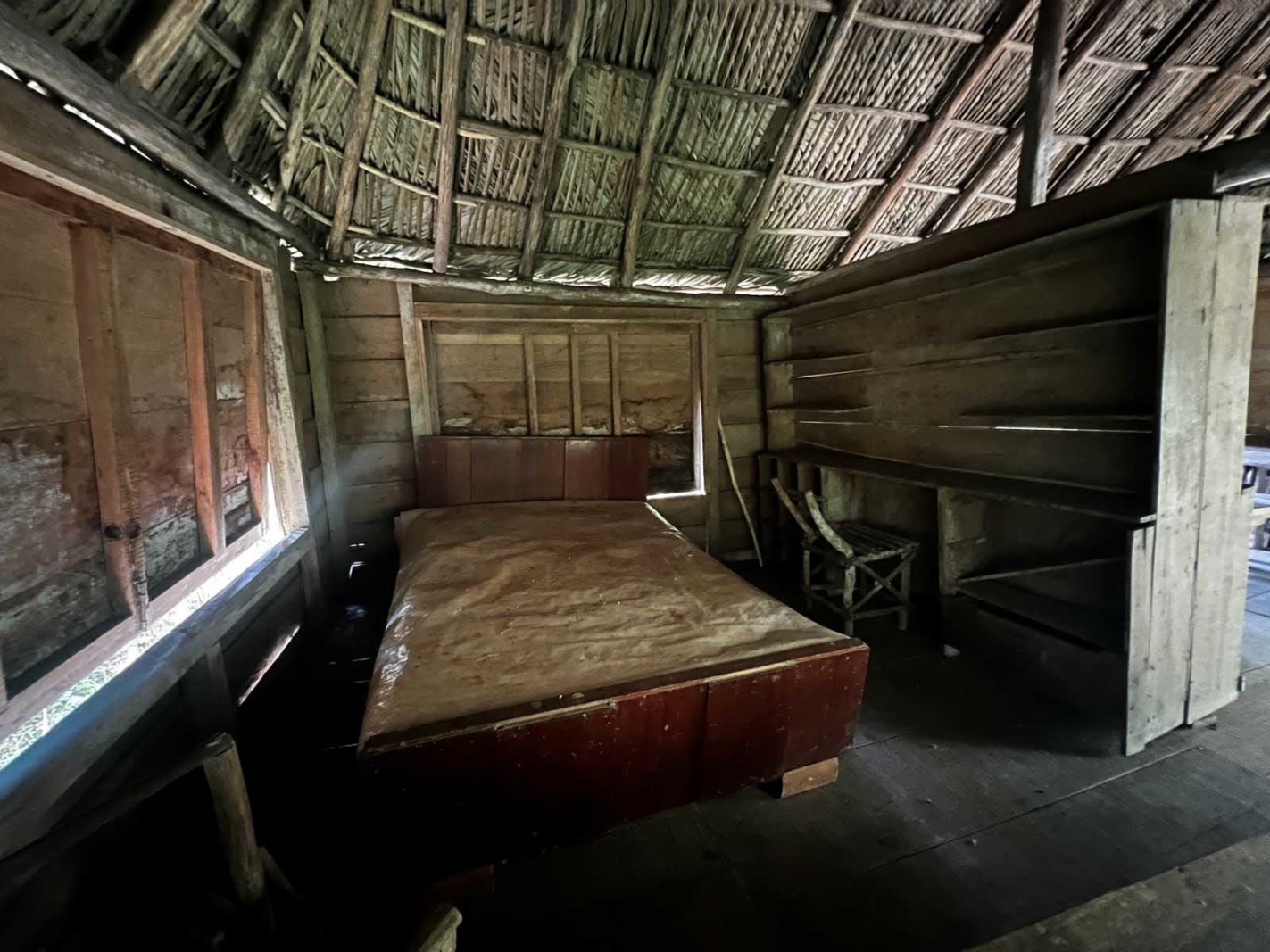
Today there is a small museum here telling some of the stories of people and incidents that happened during the 50s. You will also be able to see the secret house of Fidel Castro, where he ate and slept – and even his outside toilet.
A fascinating destination you can reach on a day trip from Santiago de Cuba, a few hour’s drive and a short but hot and steep hike from where the road ends in the mountains.
18. The Secluded First City Baracoa
Situated on the eastern tip of Cuba, Baracoa is where the first Spanish colony was founded in Cuba and is known as the “Ciudad Primada”, or “First City”, the first place in Cuba to be visited by Christopher Columbus. The town lies along the Bay of Honey, and has a lush tropical rainforest climate, while surrounded by a mountain range shielding it from inland Cuba.
Before the Cuban Revolution, you could only travel to Baracoa by boat, but in the 1960s a 120-kilometer-long road known as La Farola was built to connect Baracoa with the interior of Cuba.
Having been protected from crowds of tourists by the remote location, Baracoa has a tranquil vibe untainted by over-tourism. Unique things to do in Baracoa today are the hike to the El Yunque mountain, and visit the city cathedral and the Parque Independencia.
Also check out the Cueva del Paraiso which is an archeological museum with artifacts from the indigenous Taino culture, Casa de la Trova (house of troubadours), or rent a bike to explore on your own.
You can take the four-hour-long bus ride here from Santiago de Cuba to reach this historically important destination in Cuba with amazing nature experiences as well.
19. Cayo Largo del Sur
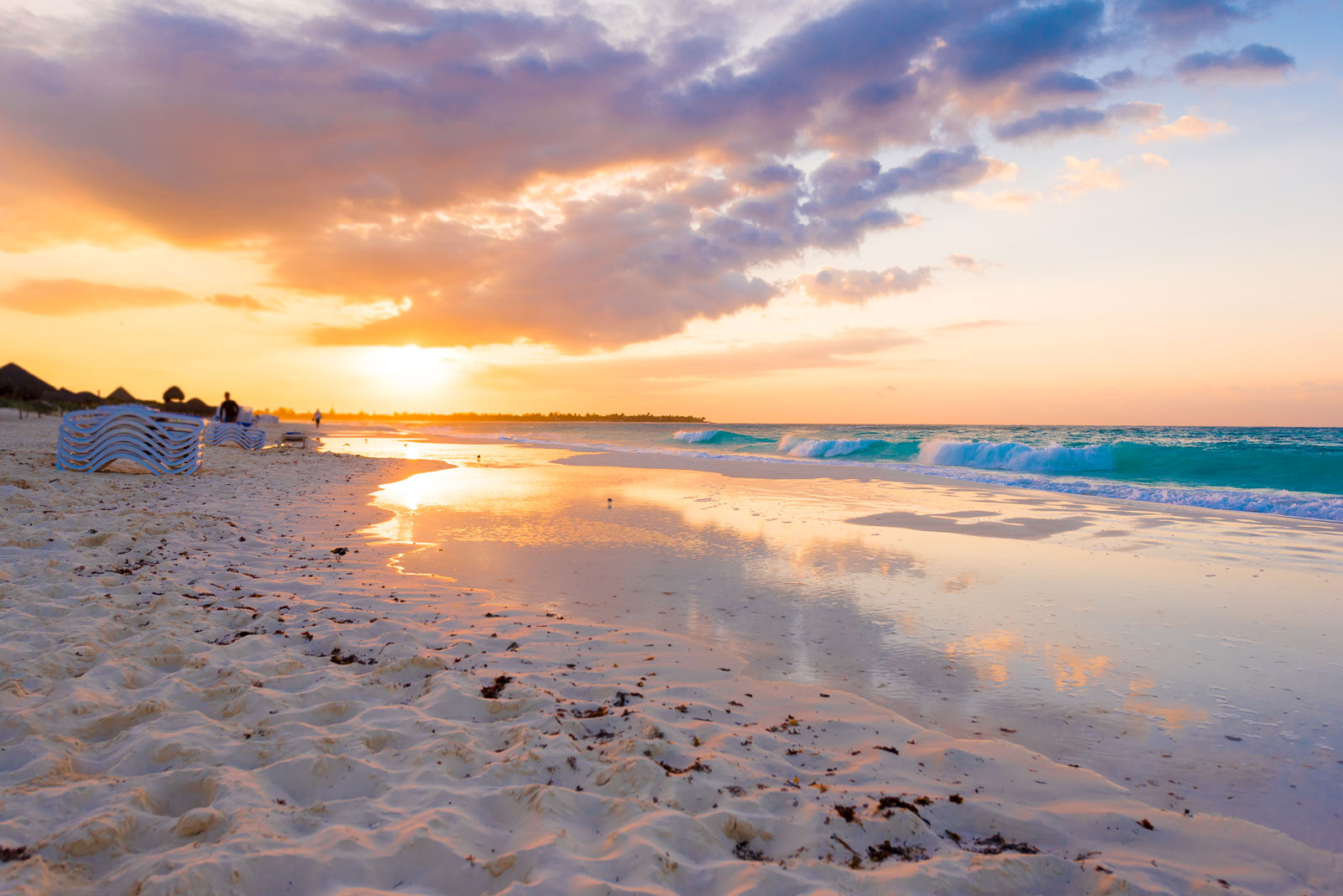
Cayo Largo del Sur is a relatively unknown travel destination that is often overshadowed by more popular tourist spots like Havana and Varadero. However, Cayo Largo del Sur is a hidden gem that offers a unique and unforgettable travel experience.
The beaches here are incredible. There is more than 20 kilometers of white sand beaches and crystal-clear waters that are perfect for swimming, snorkeling, and diving. The beaches are relatively uncrowded, so you can enjoy the tranquility and beauty of the island without feeling overwhelmed by large crowds.
Cayo Largo del Sur also has a fascinating history that is worth exploring. The island was once a haven for pirates and smugglers, and it played a significant role in the Cuban Missile Crisis in 1962. Today, visitors can learn about the island’s history by visiting museums and historic sites, such as the El Torreon lighthouse and the Mural de la Prehistoria.
Overall, Cayo Largo del Sur is a unique and unspoiled place to visit in Cuba that offers a mix of natural beauty, history, and culture.
Wrap-Up 19 Amazing Destinations In Cuba
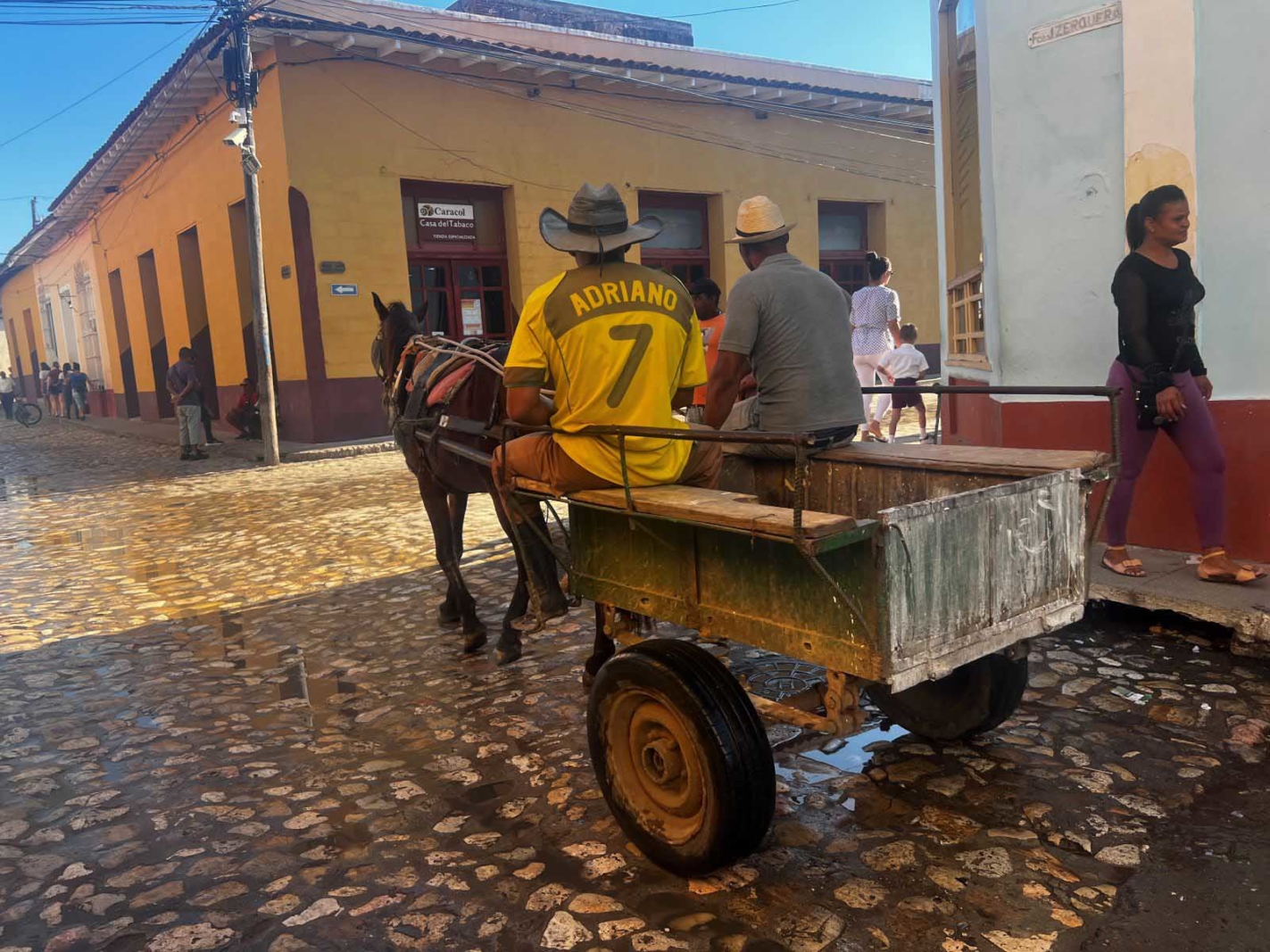
With a little luck, you now feel super motivated to go visit Cuba, and hopefully, your only problem at the moment is choosing places in Cuba to visit, and what to do!
I feel you, after being based in Havana for over two years there are still things I have not been able to explore yet. But discovery is the first step on the way, a step you have just taken. Enjoy your Cuba travel planning, and the answer to any of your Cuba questions is only an email away.

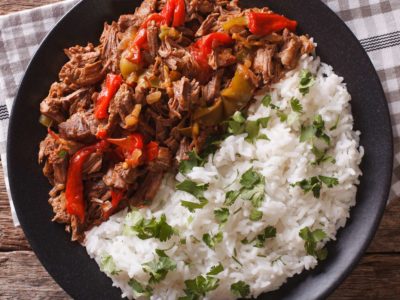
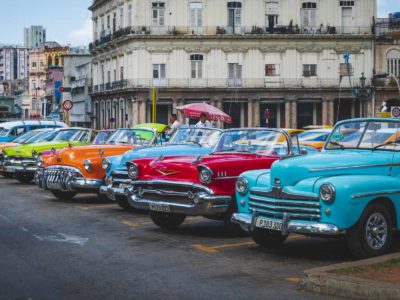
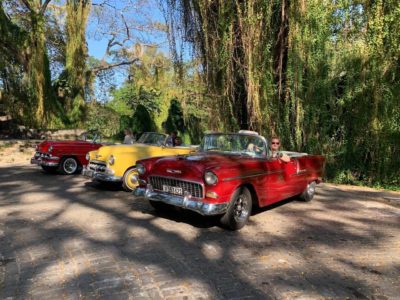
Amazing post, and thanks for sharing such valuable information.
Thanks so much about all the information about Cuba,i just came back from it but you didn’t image anything about city of Holguin i guess you didn’t have nothing to say about it.